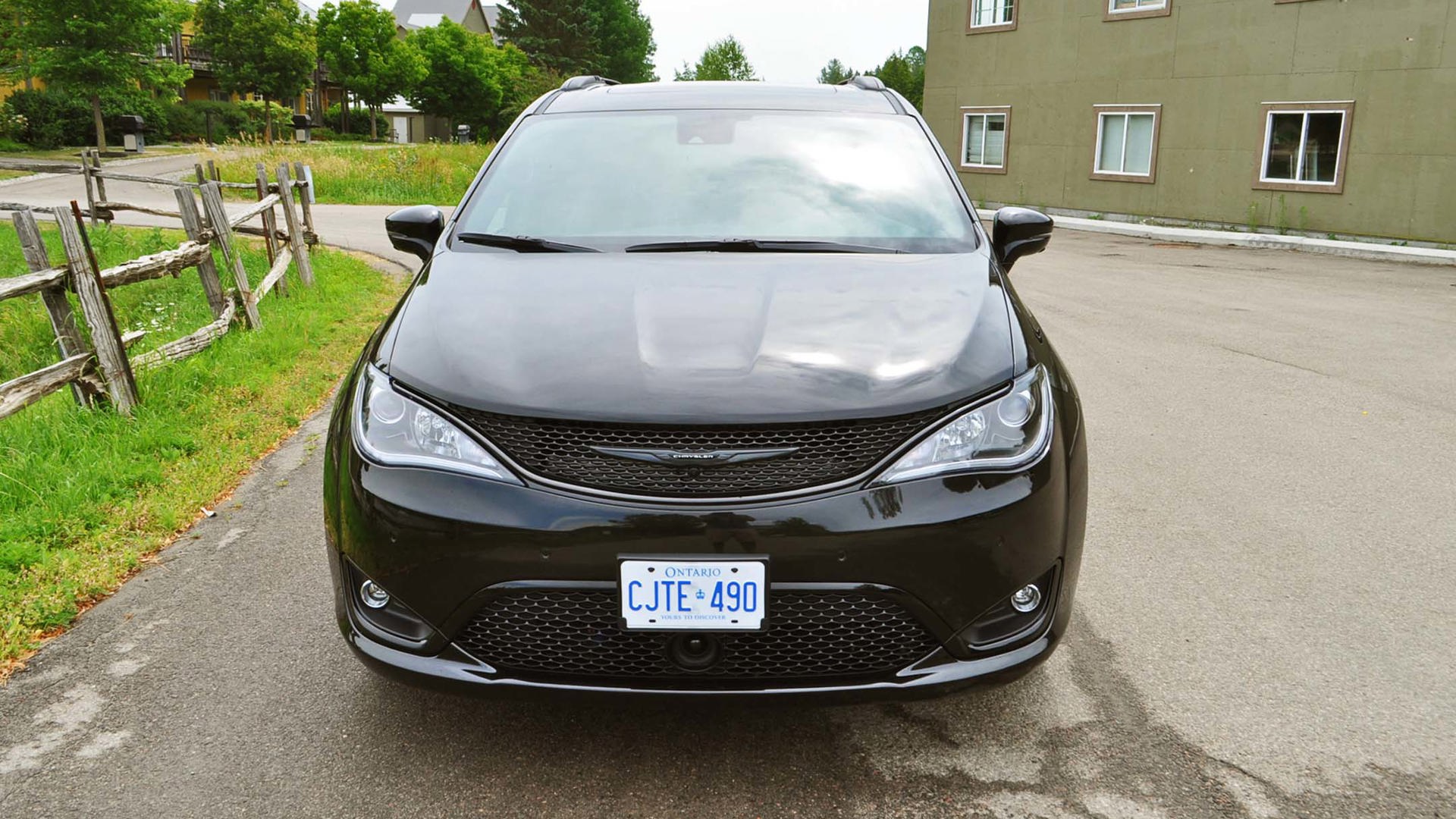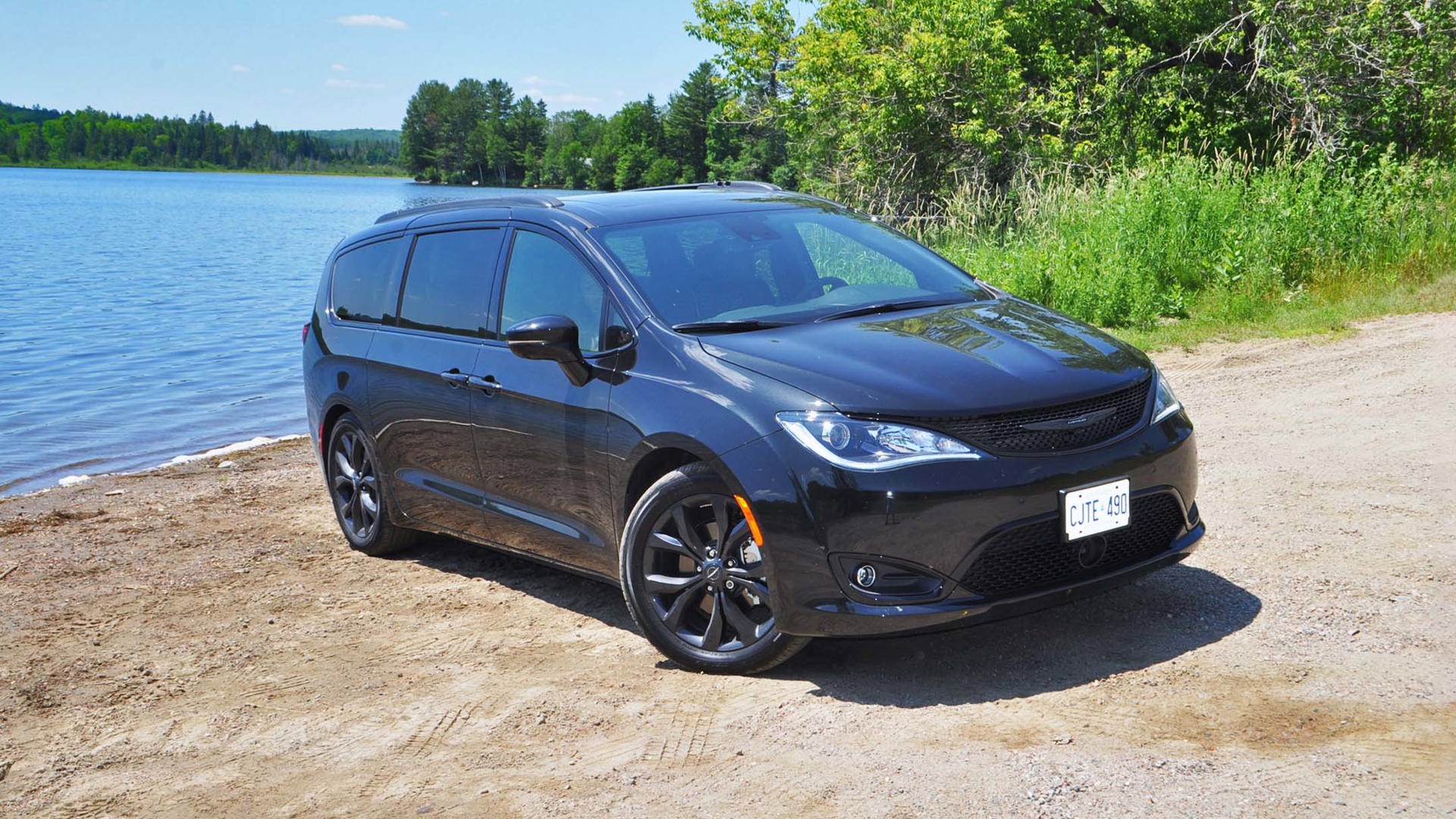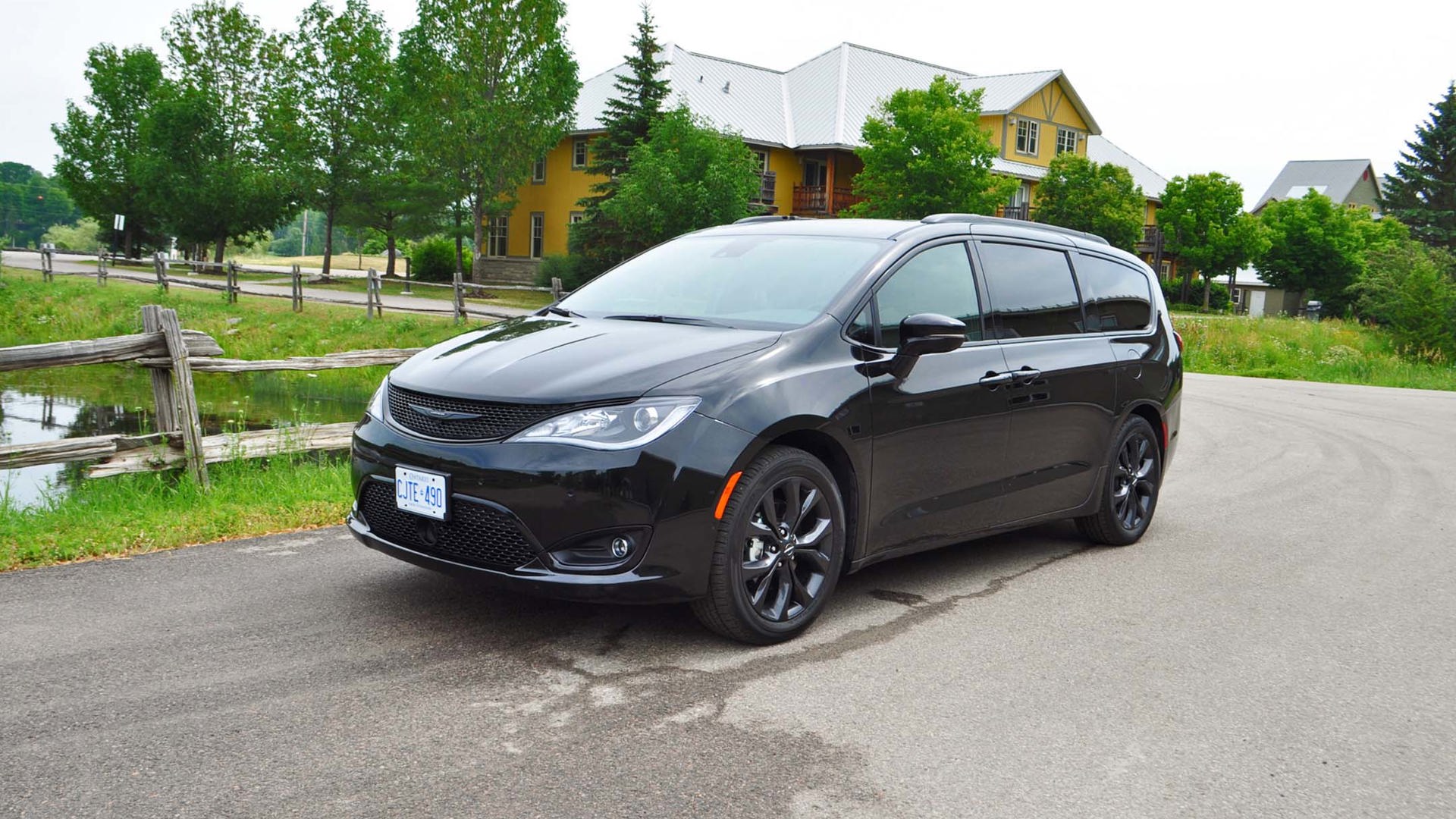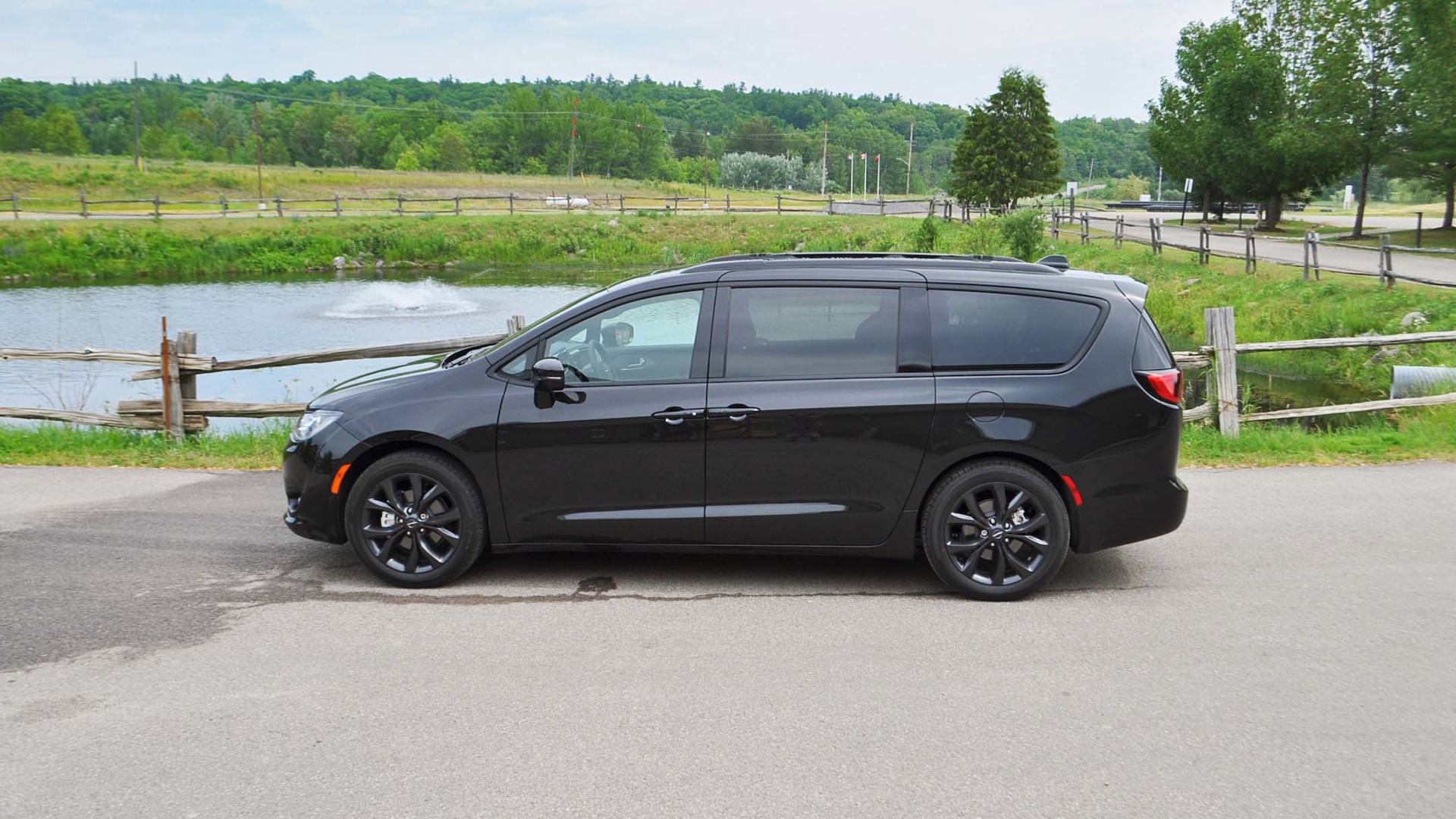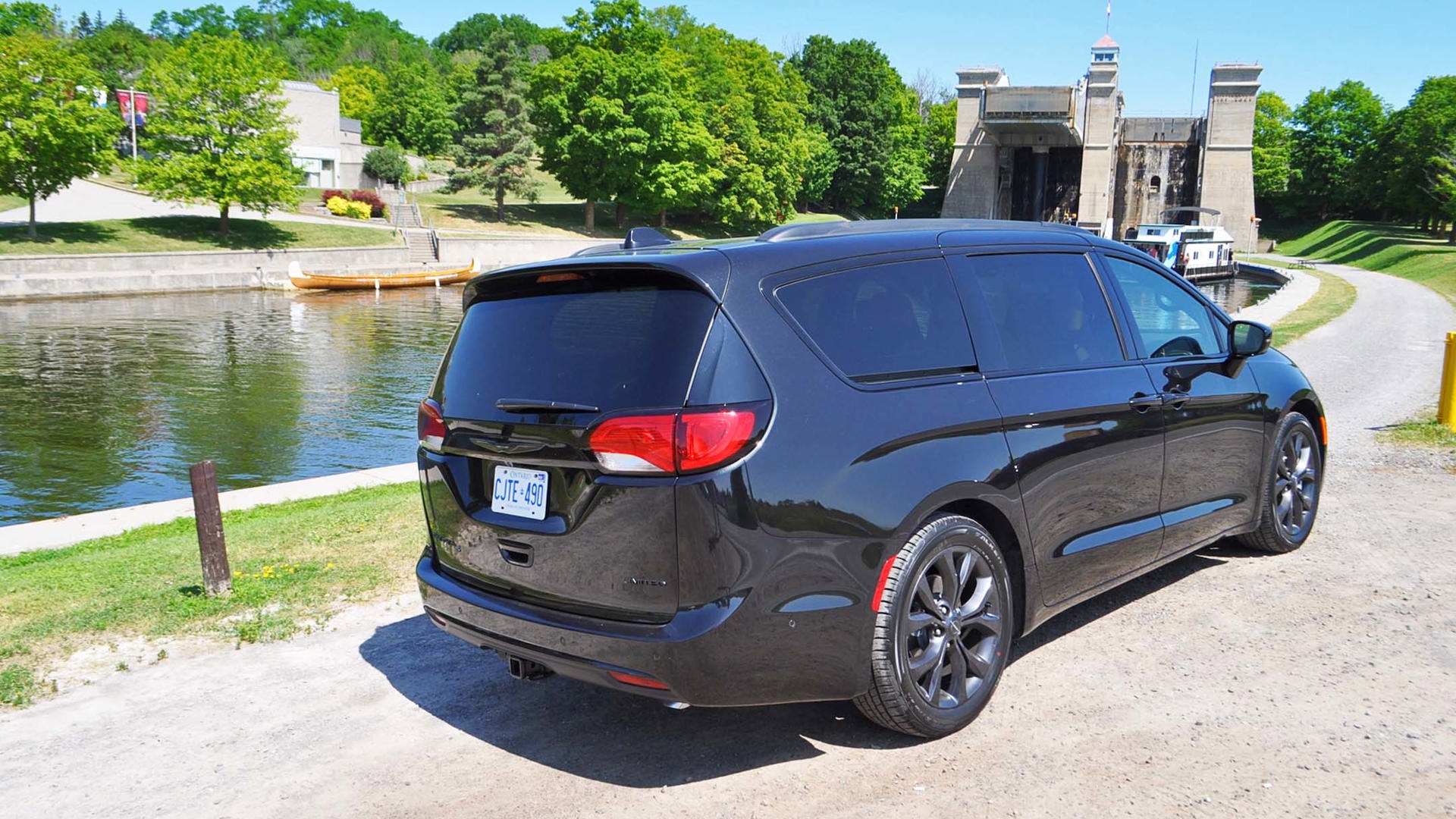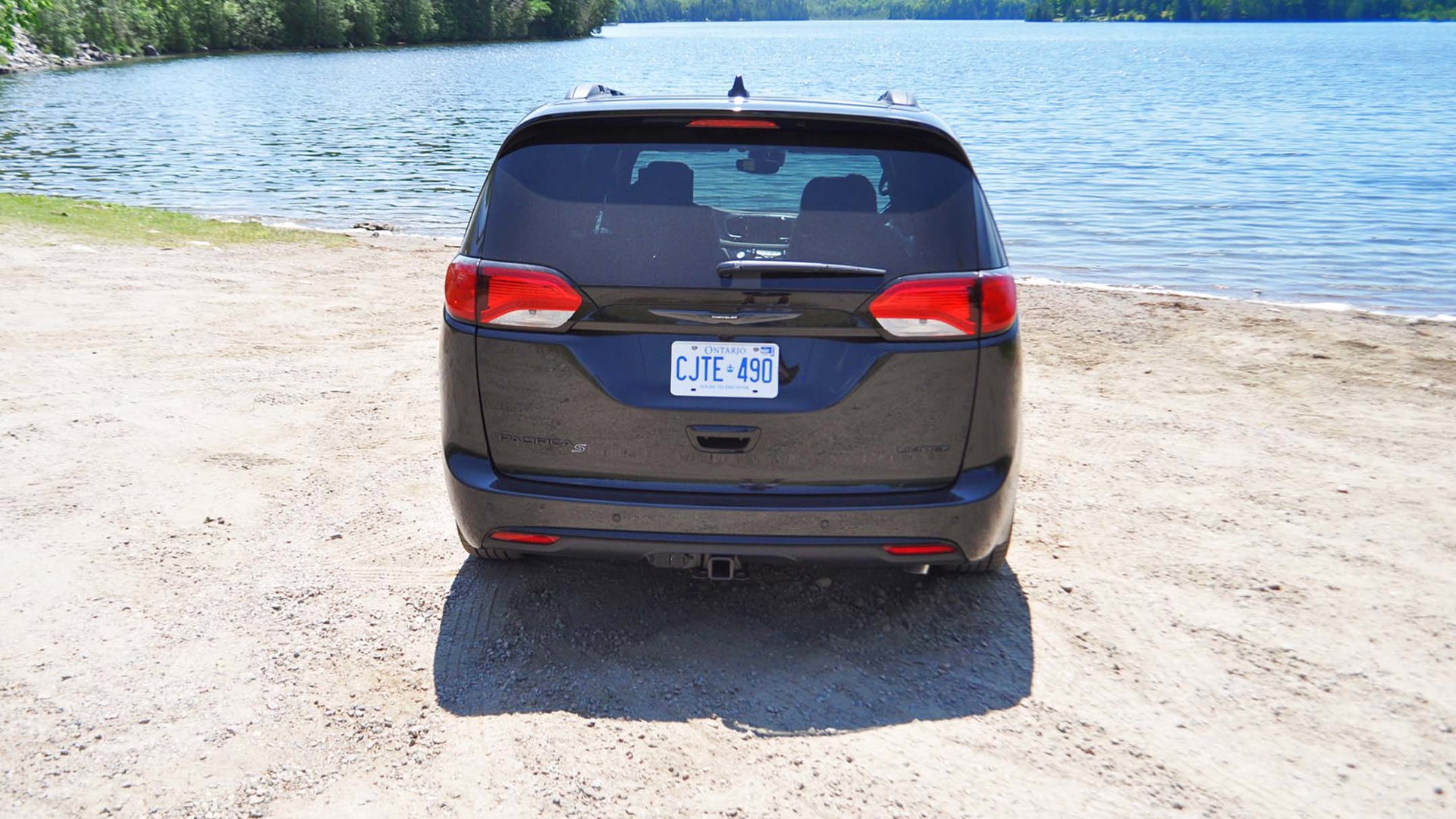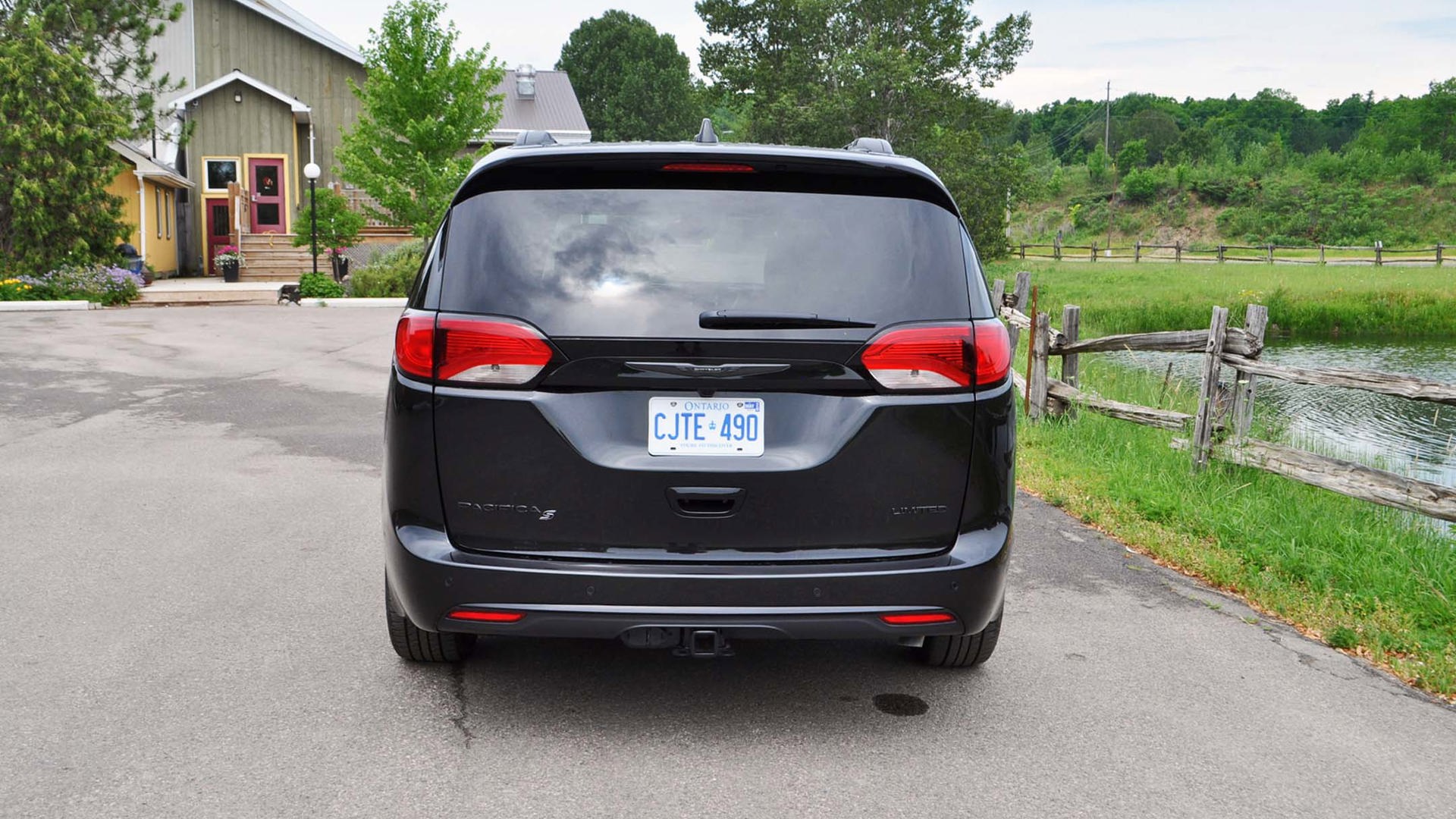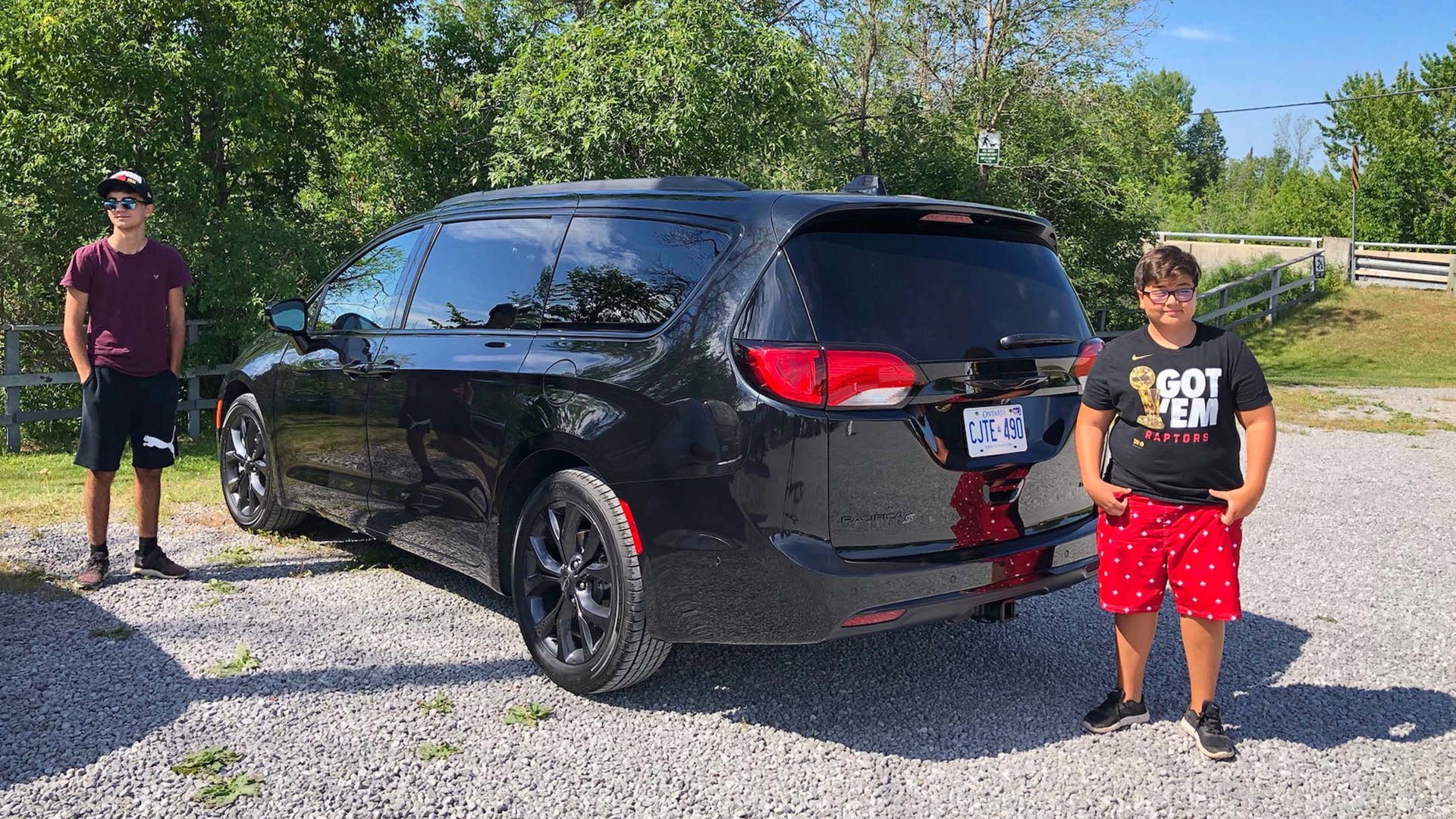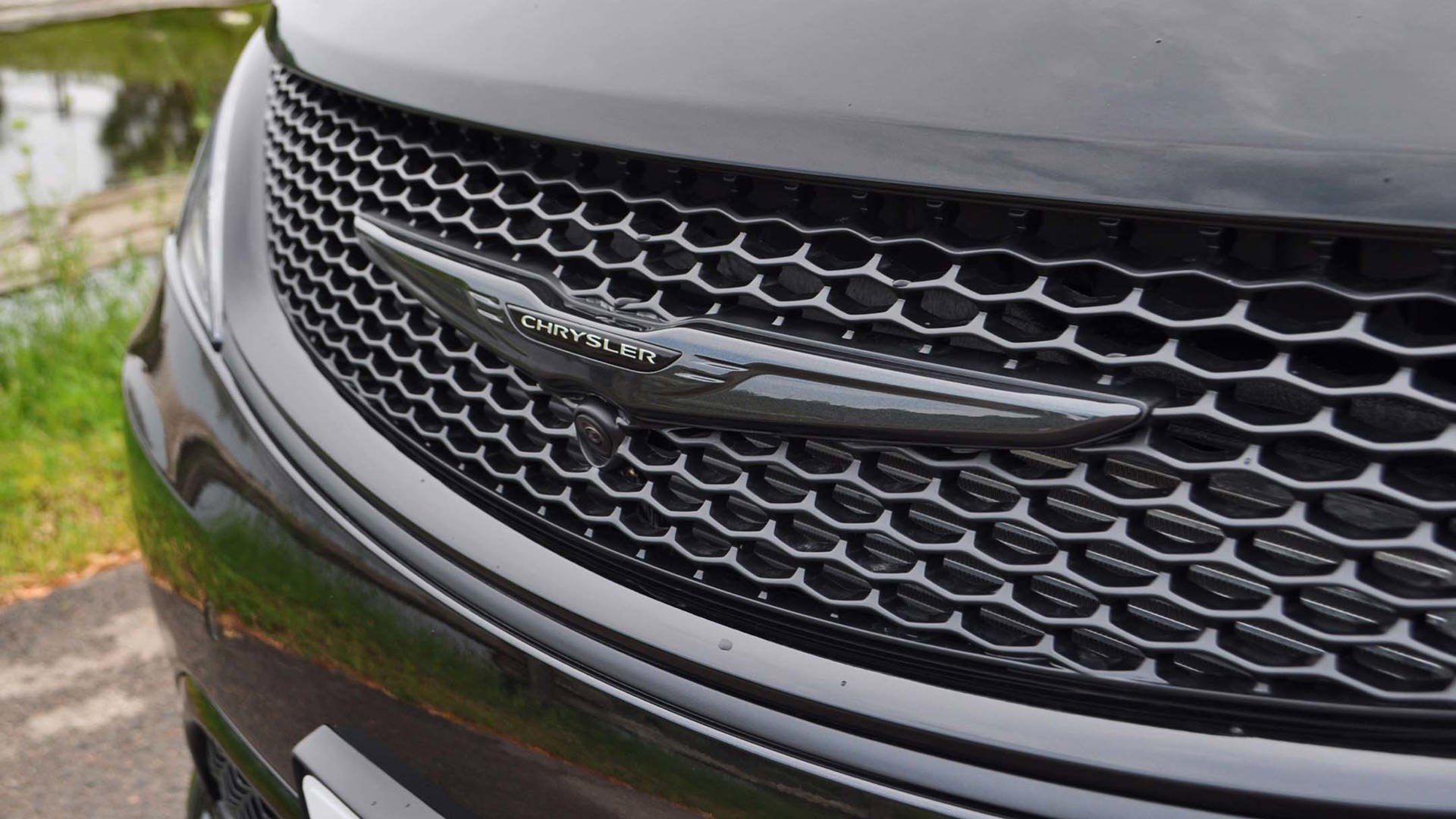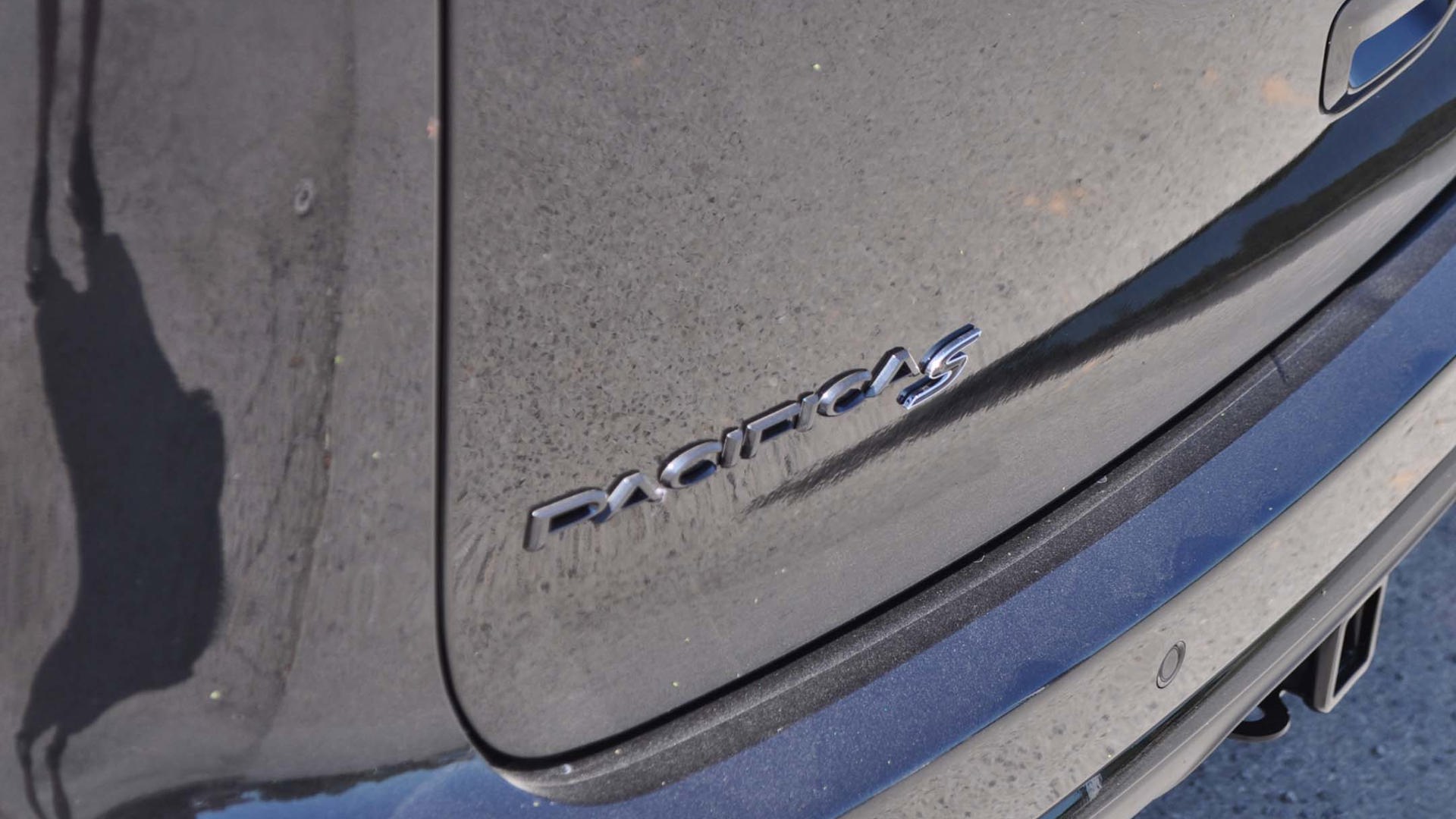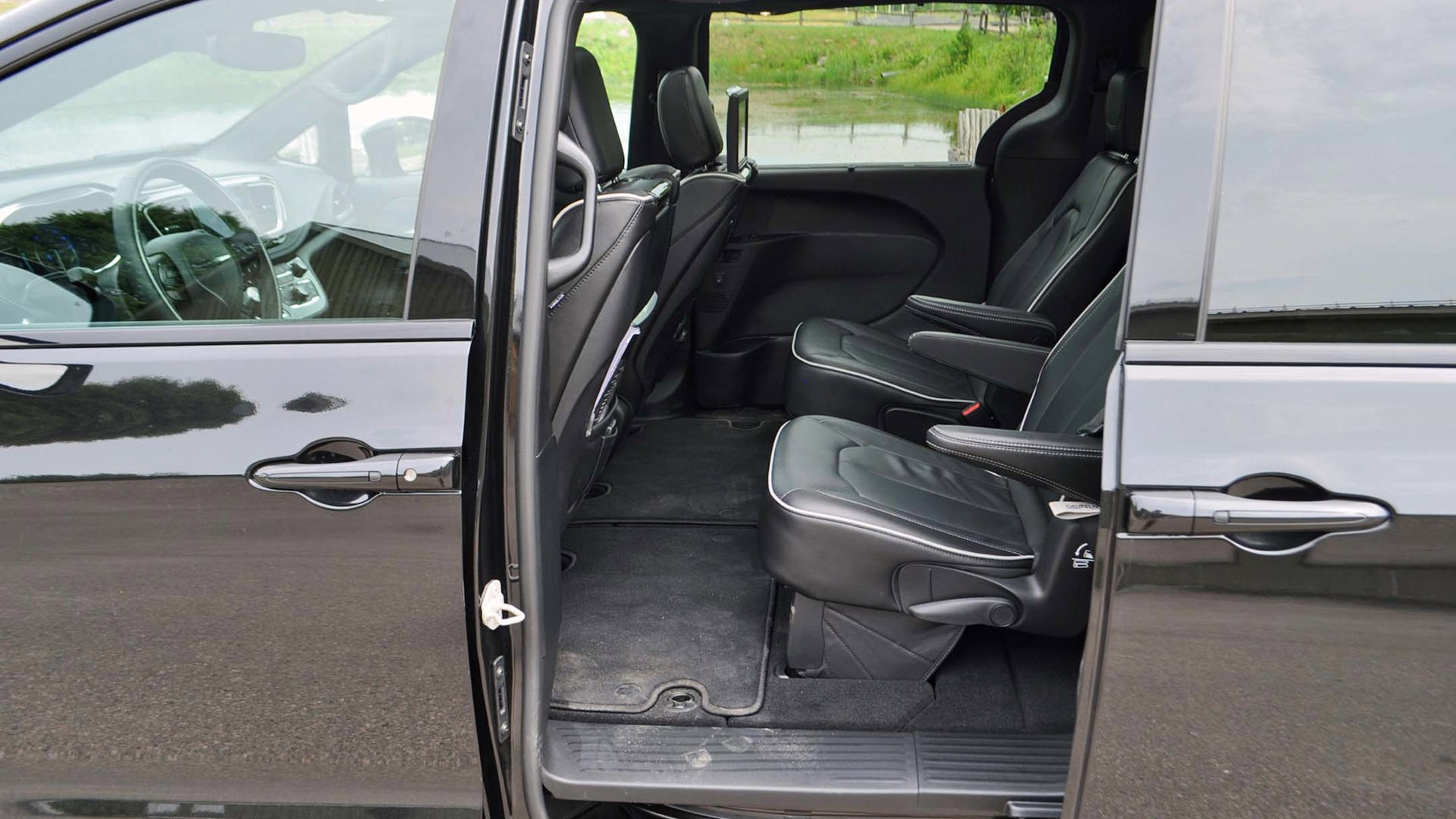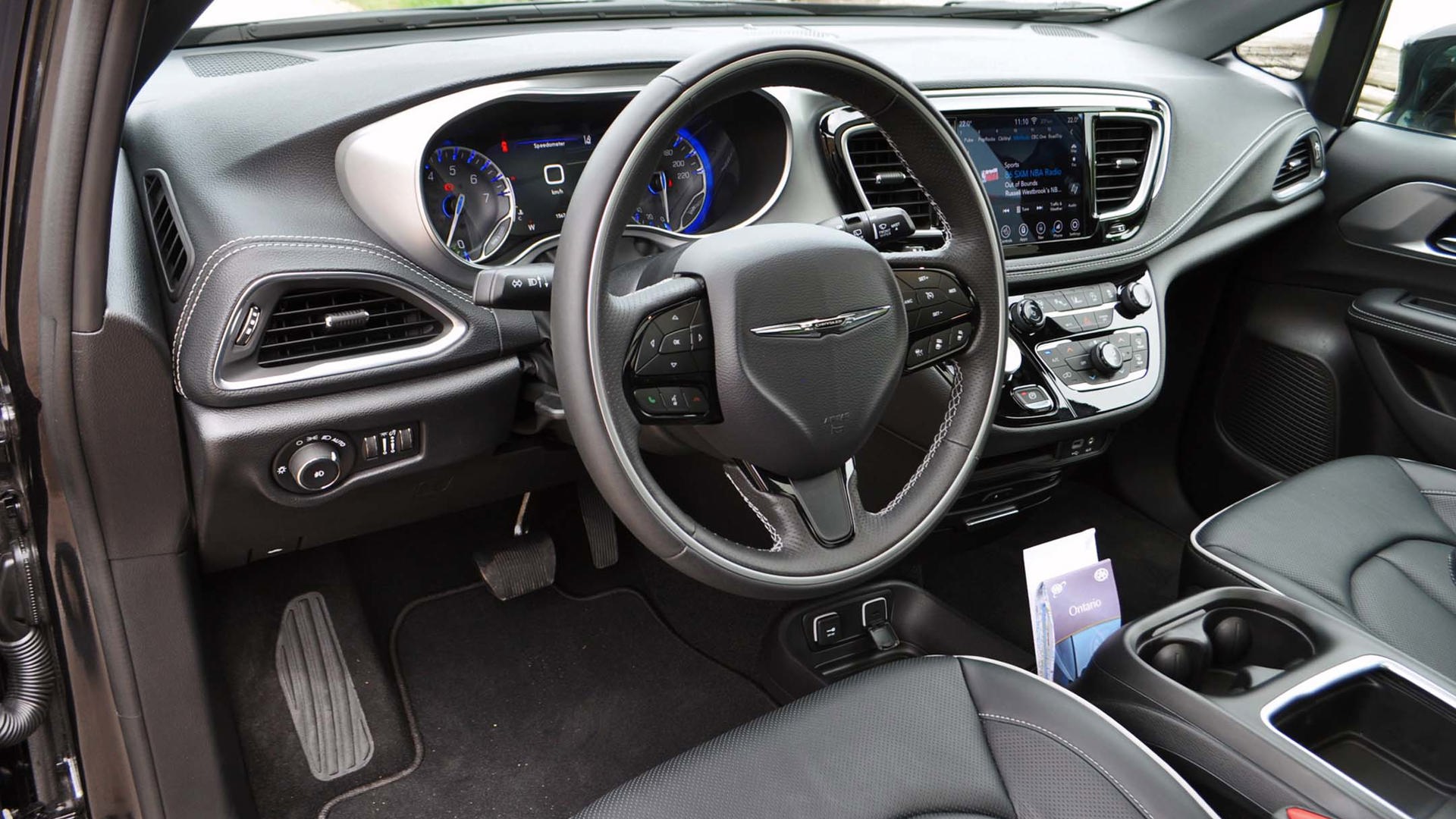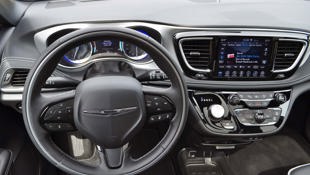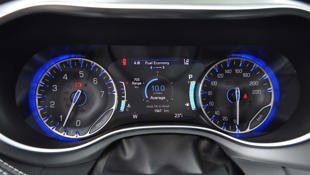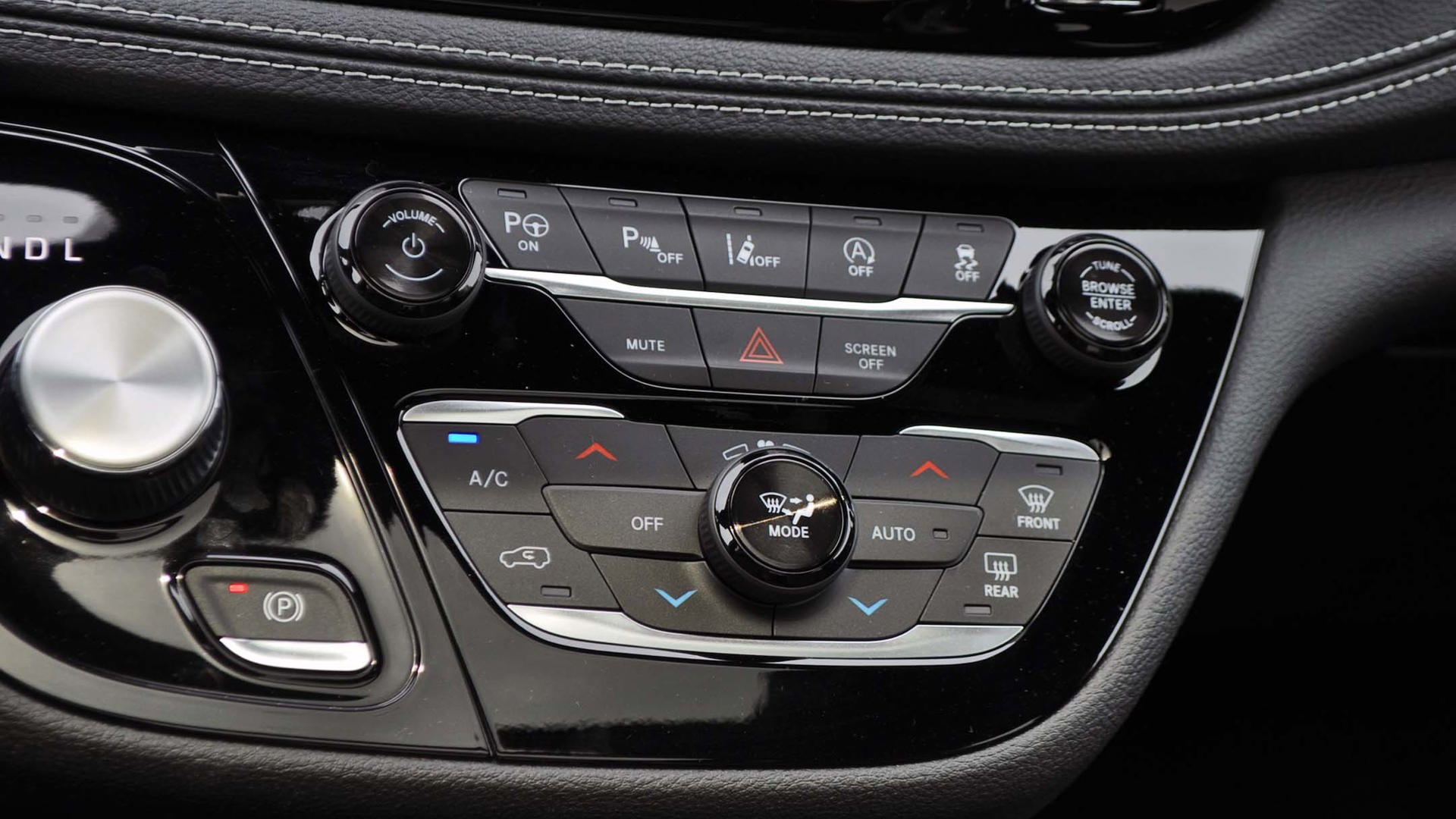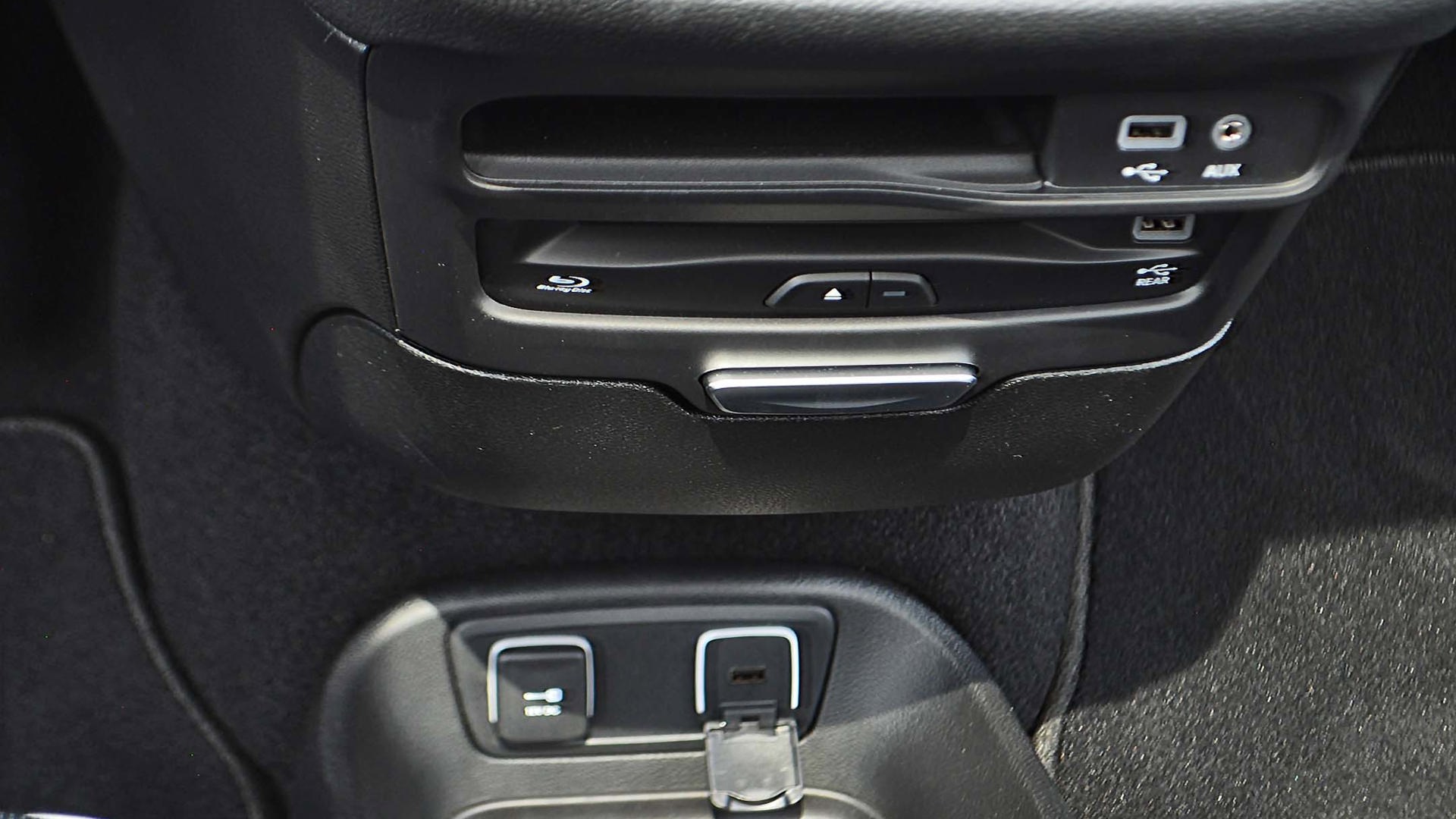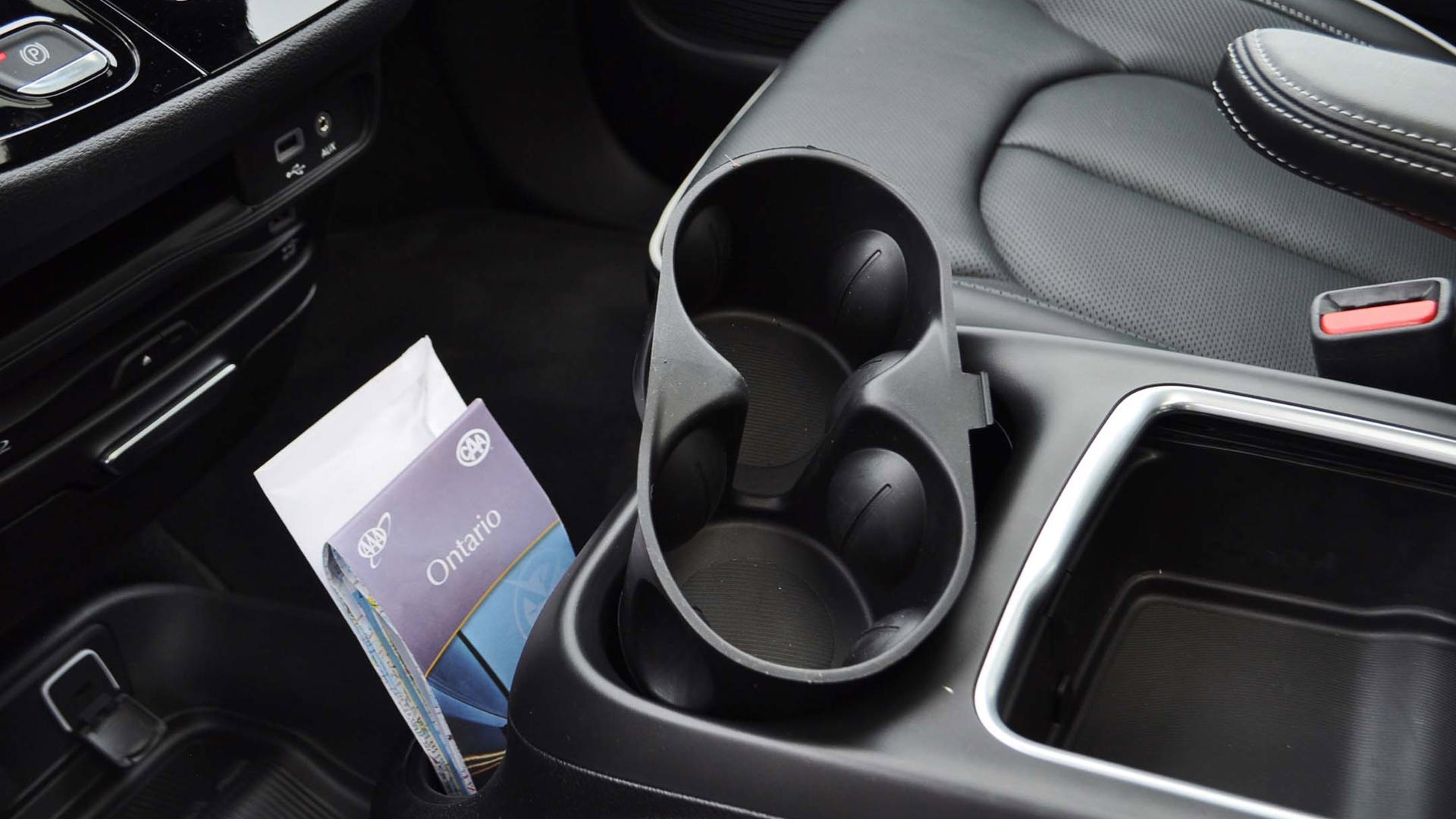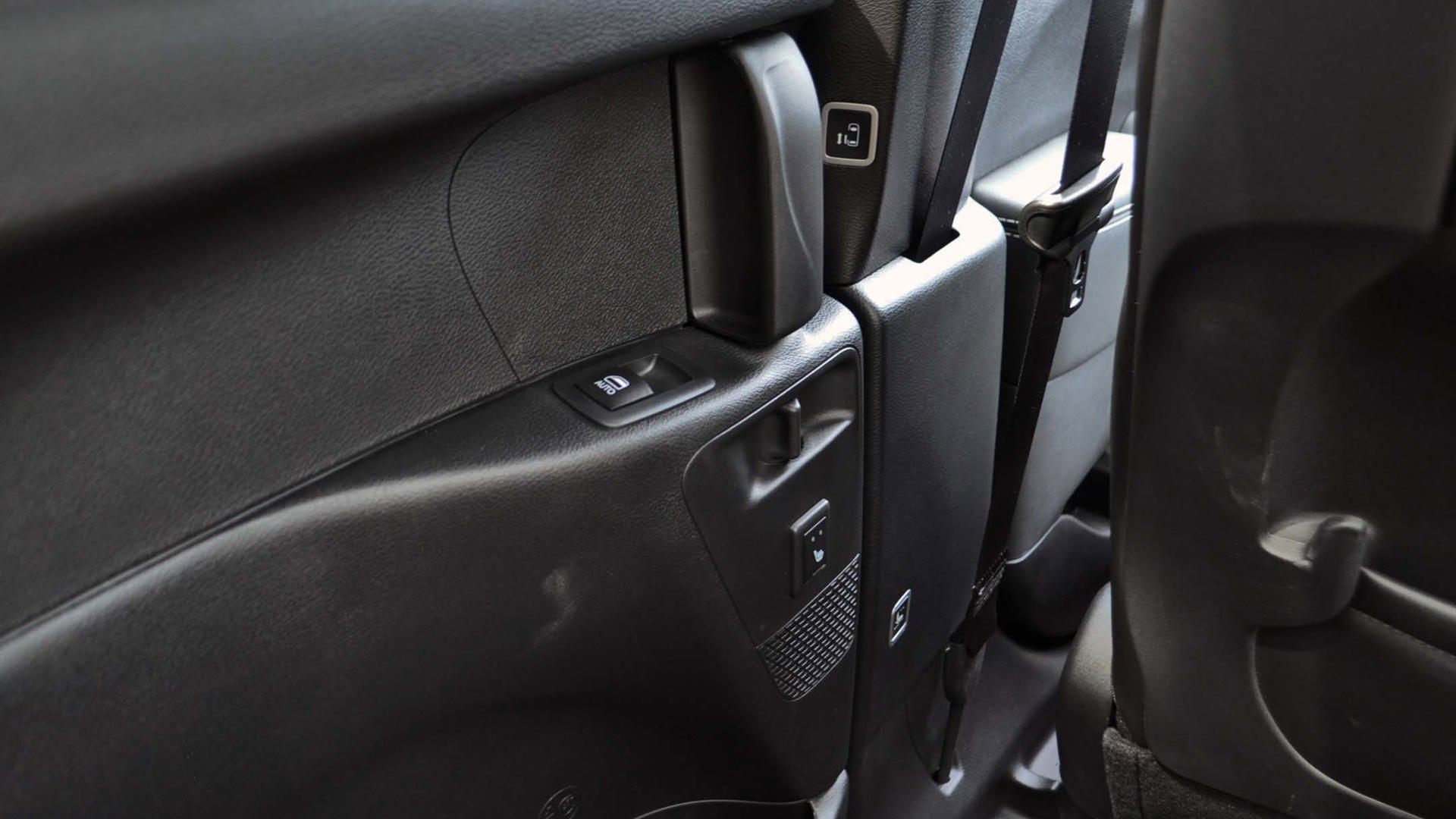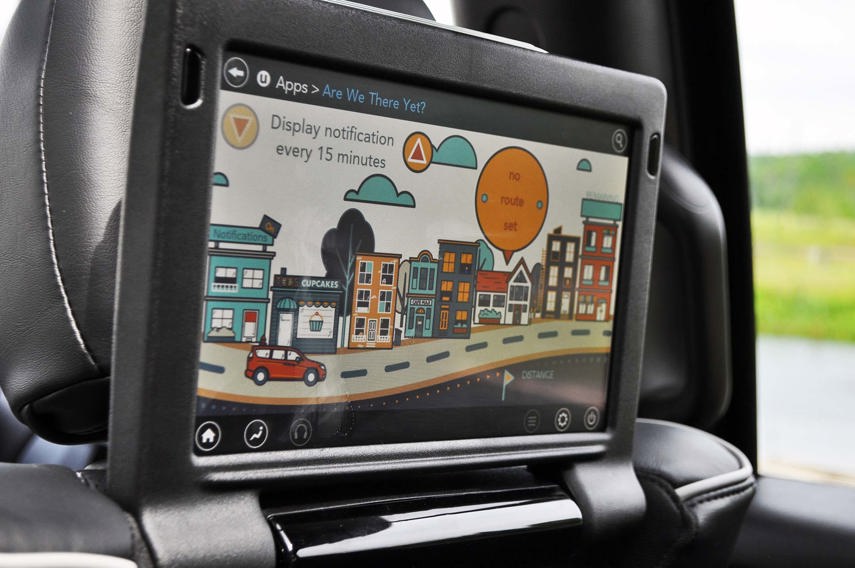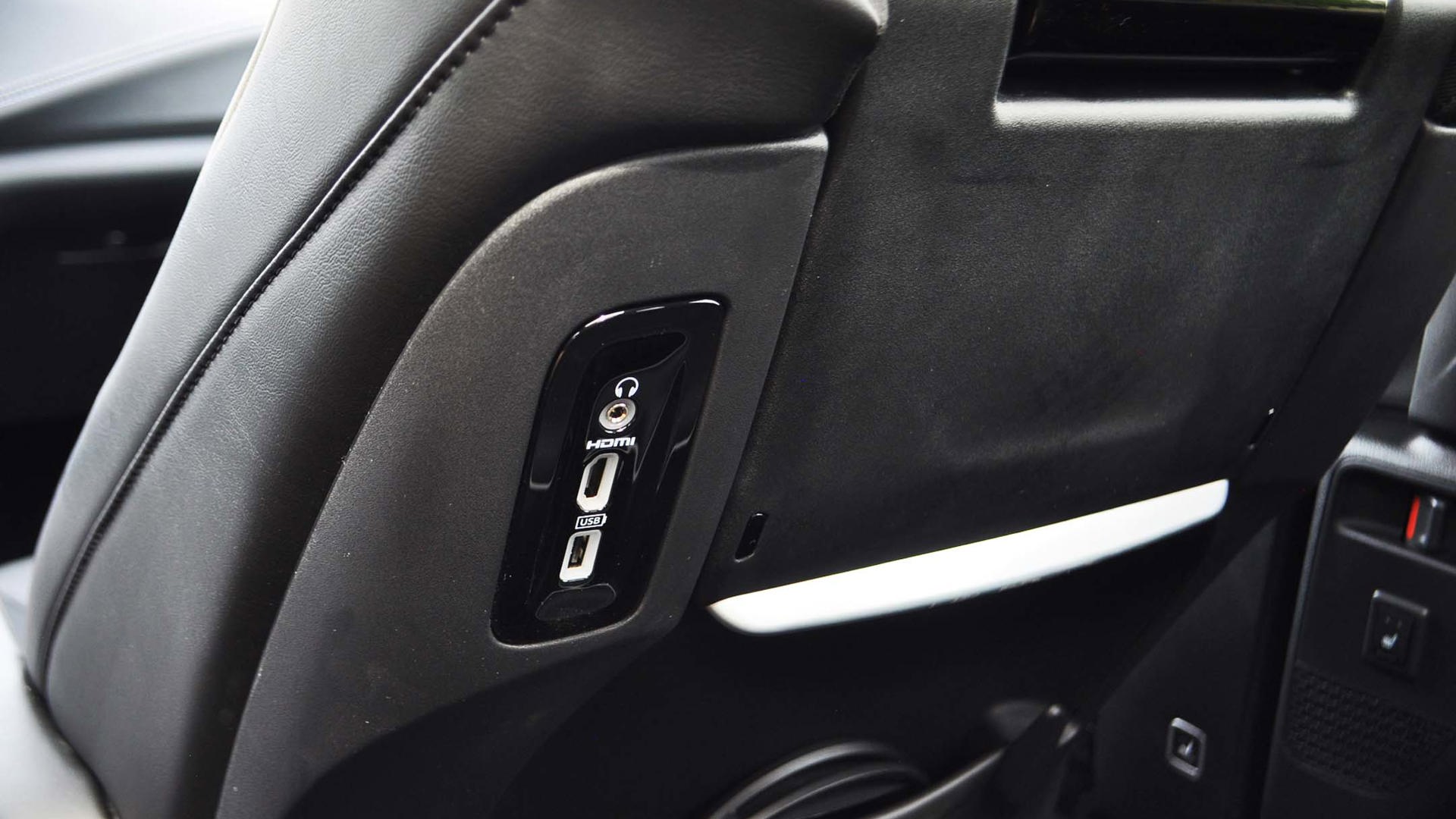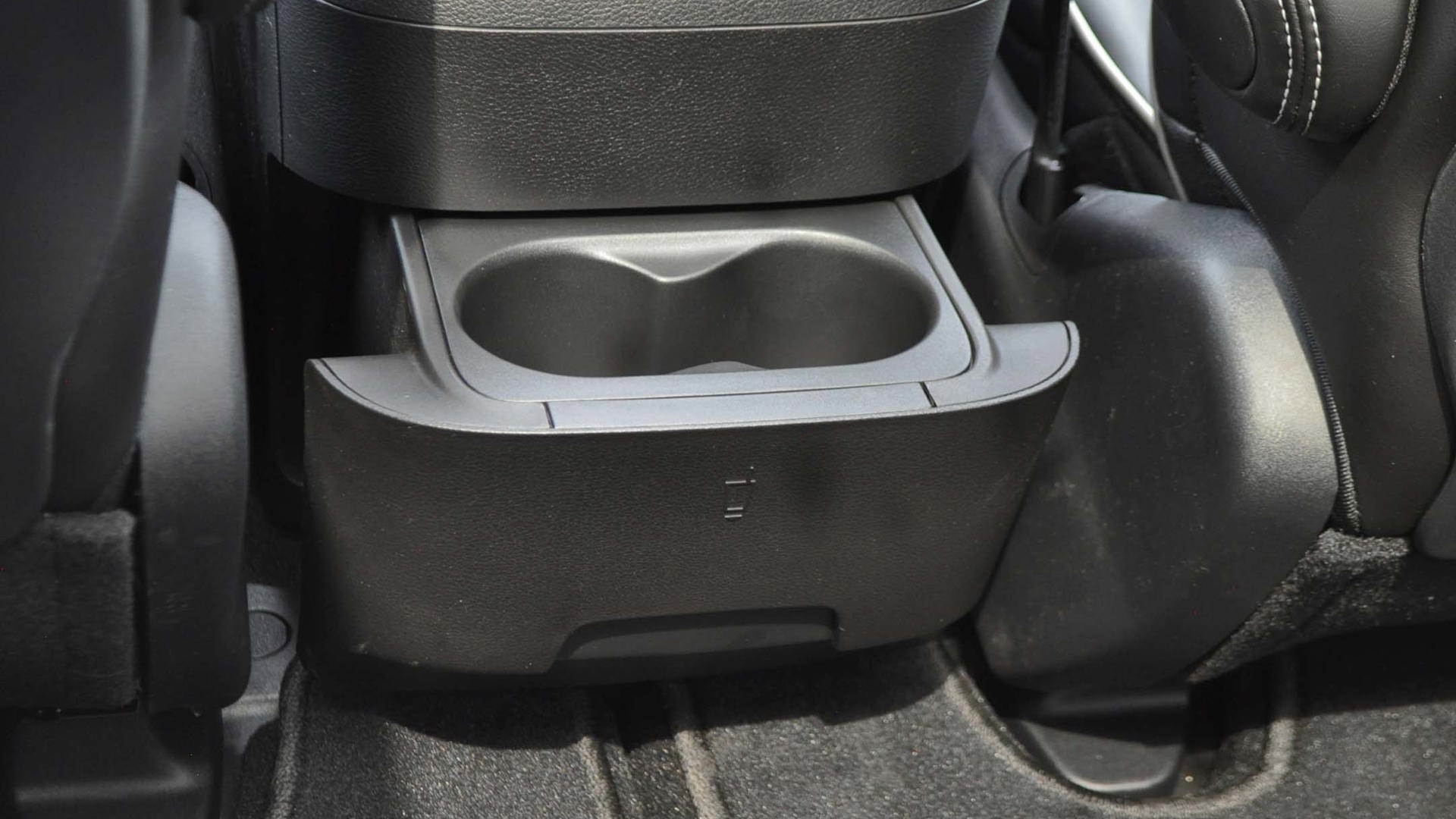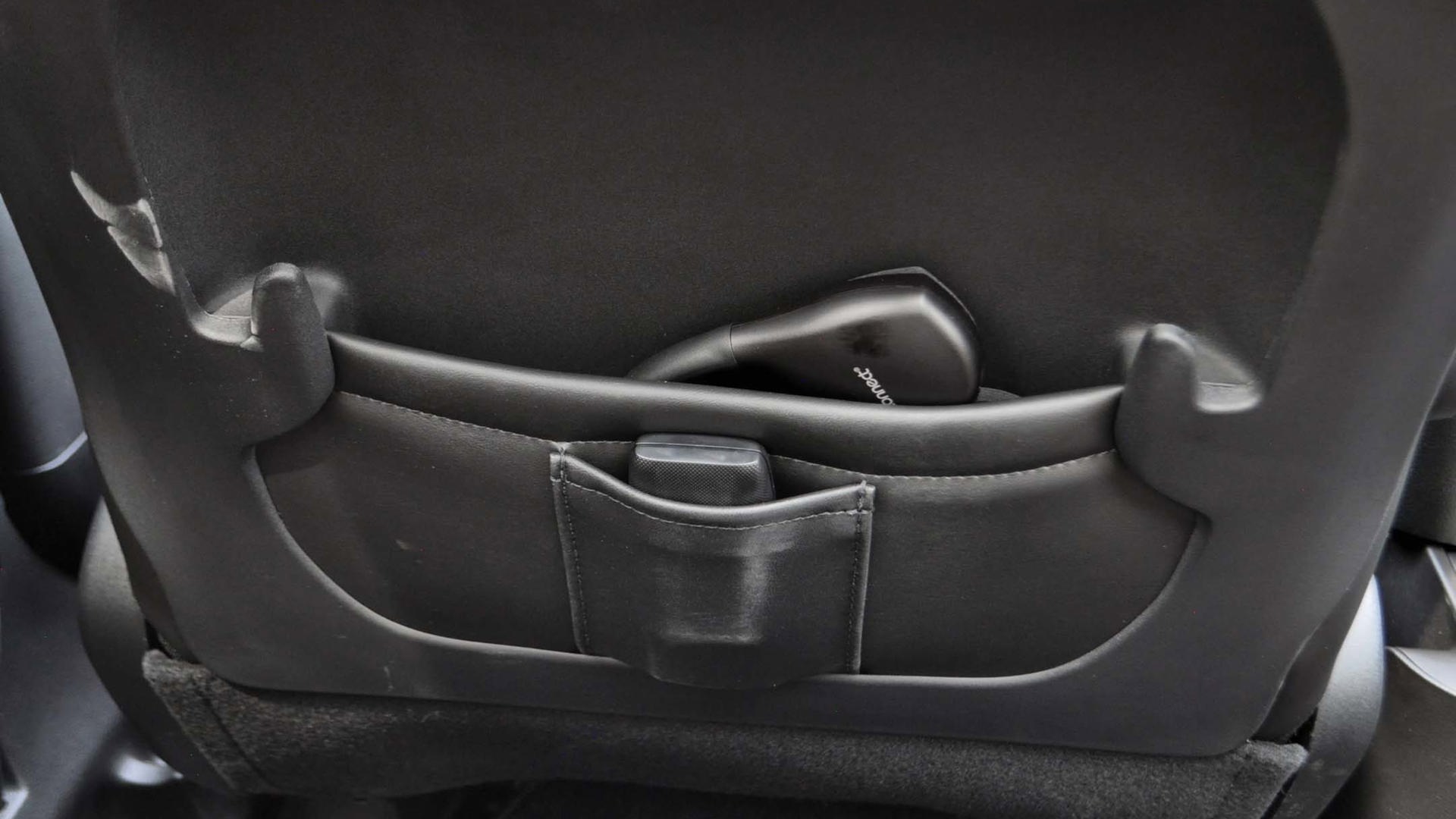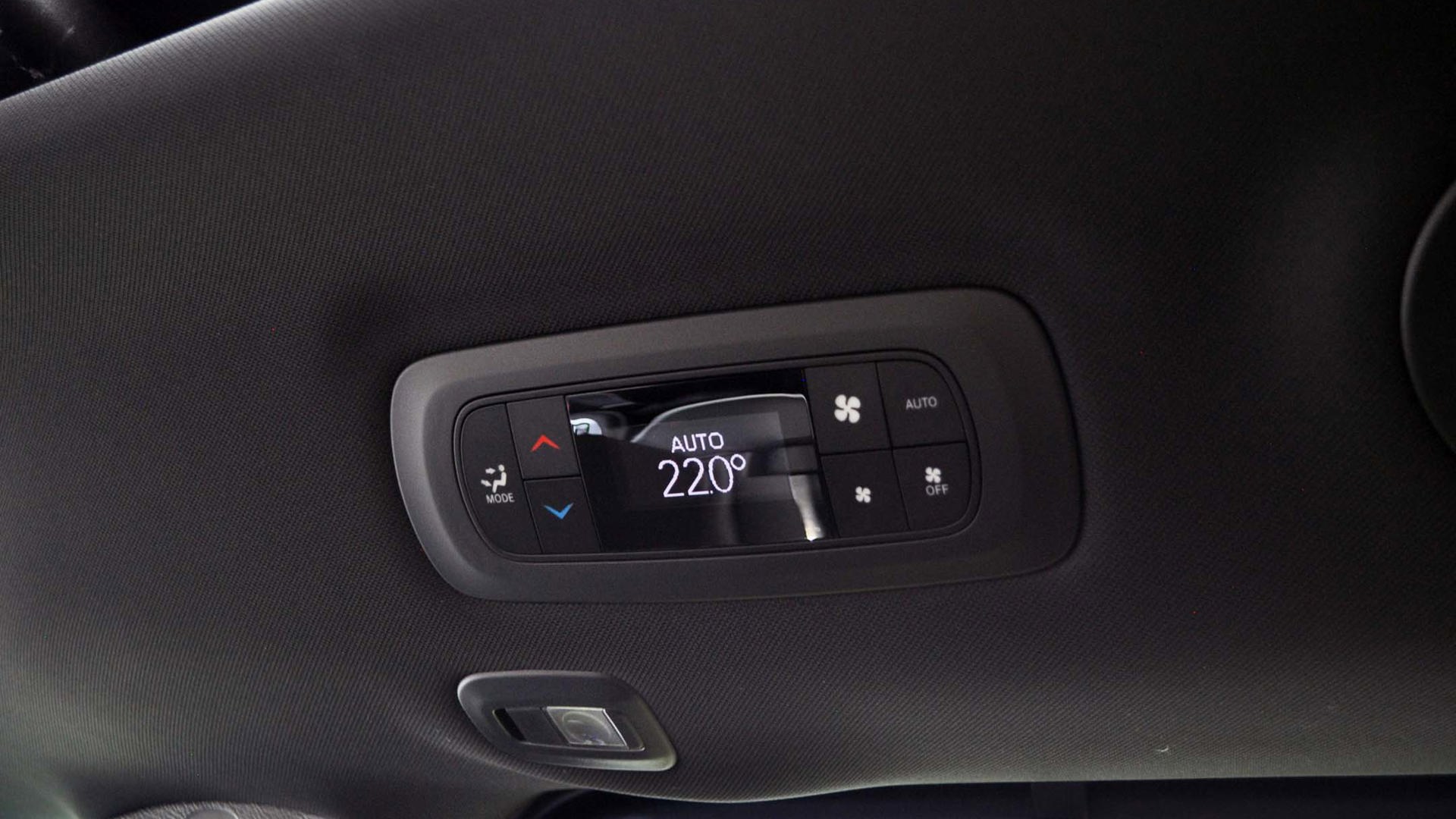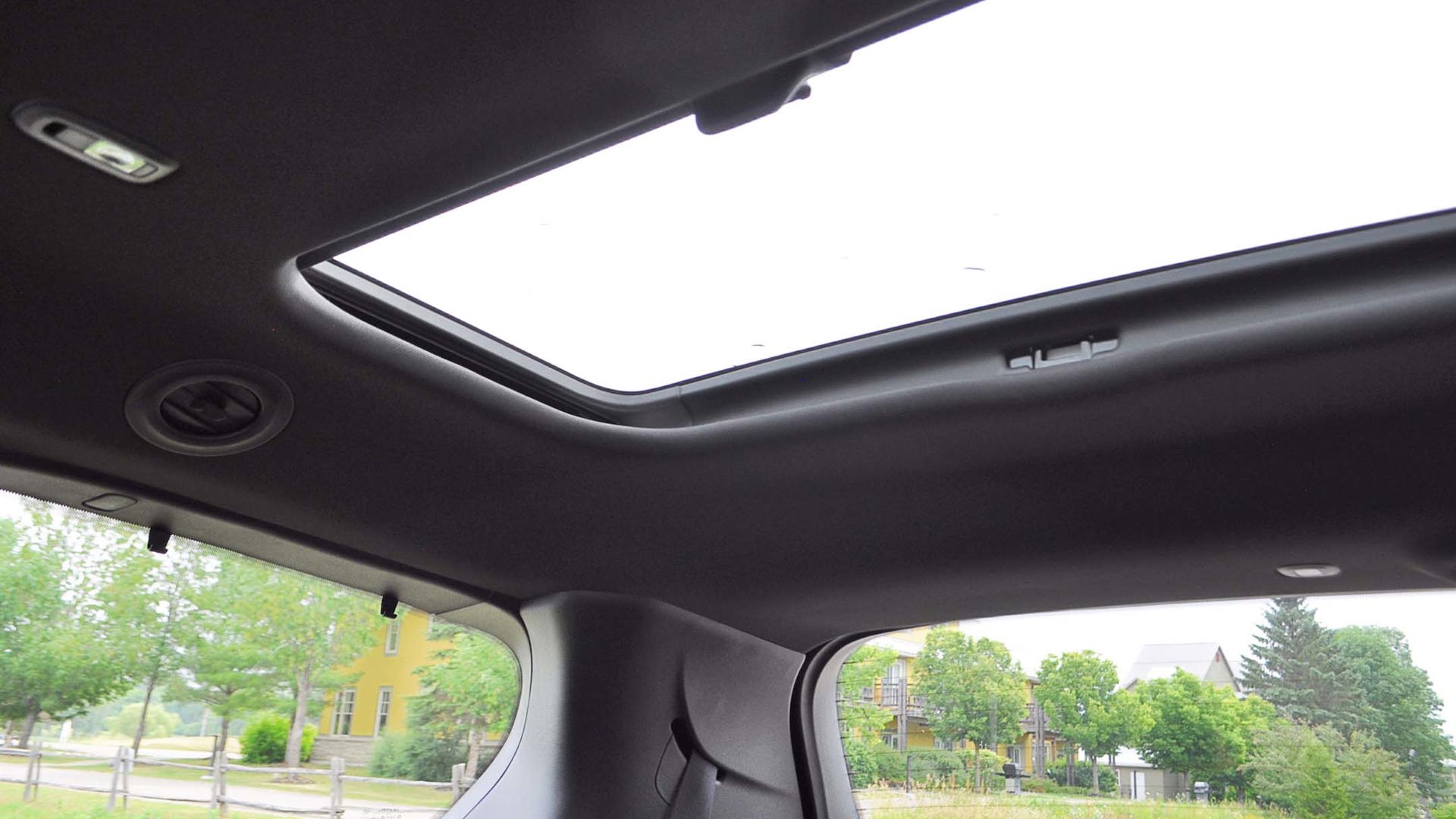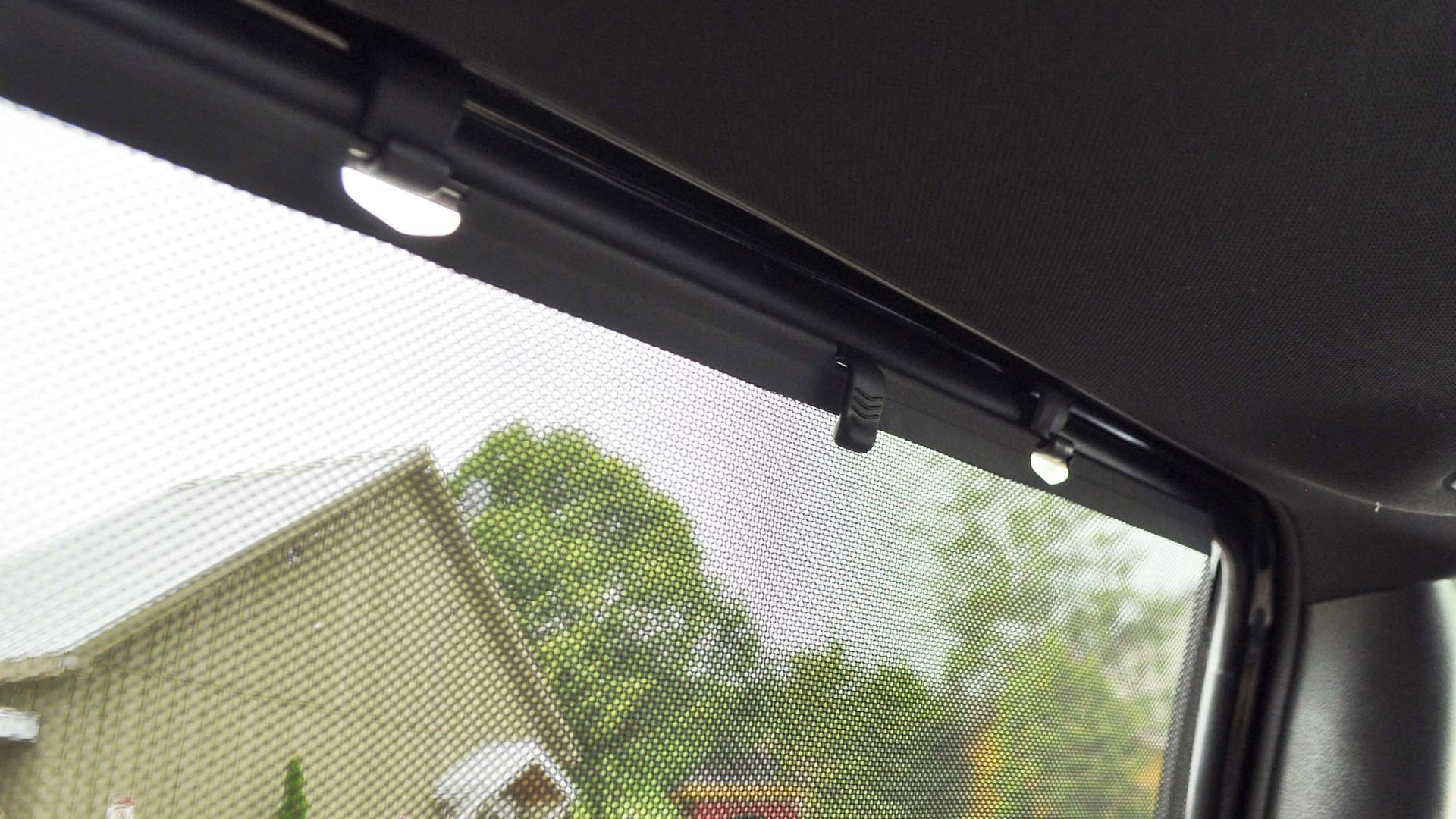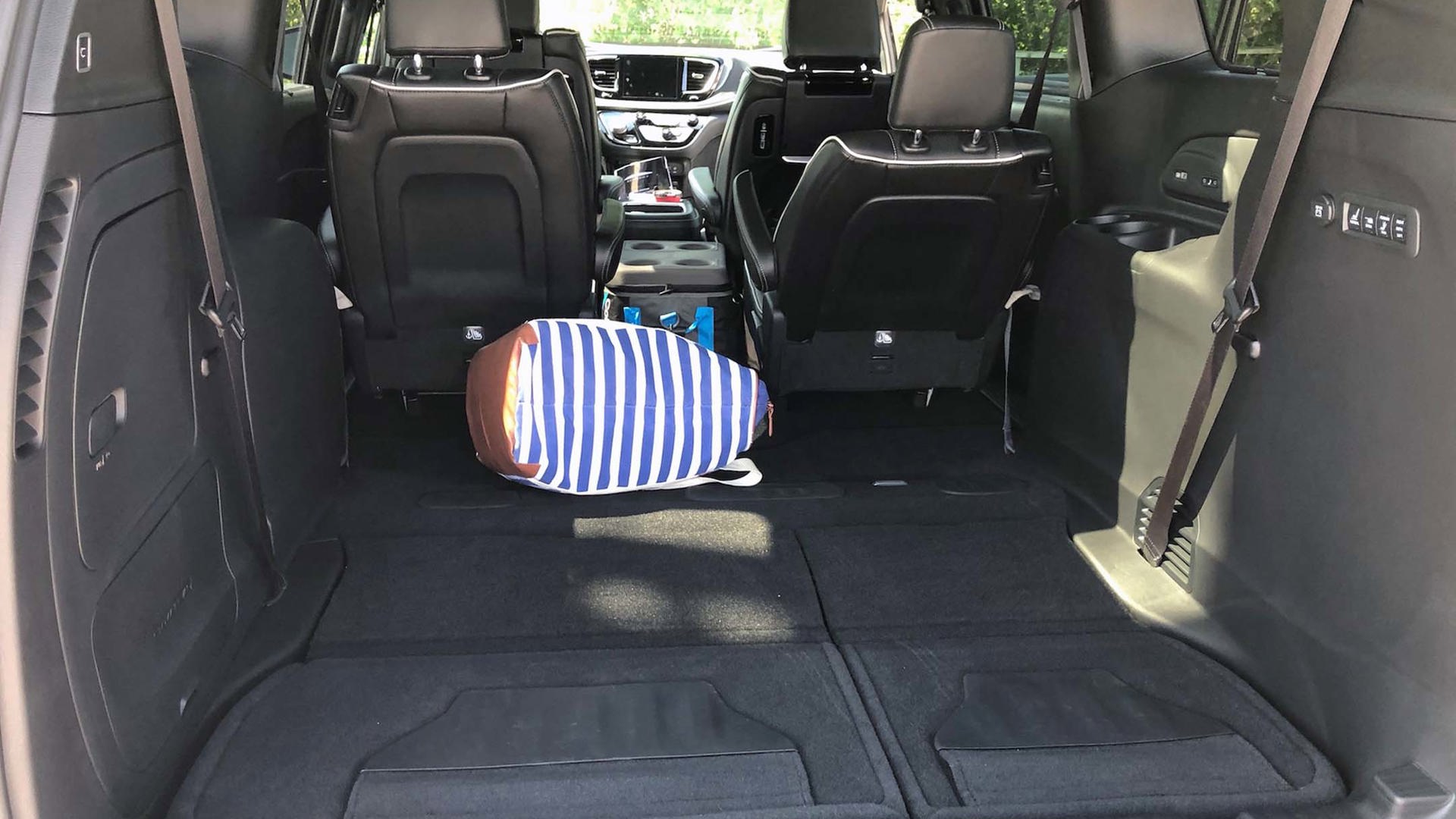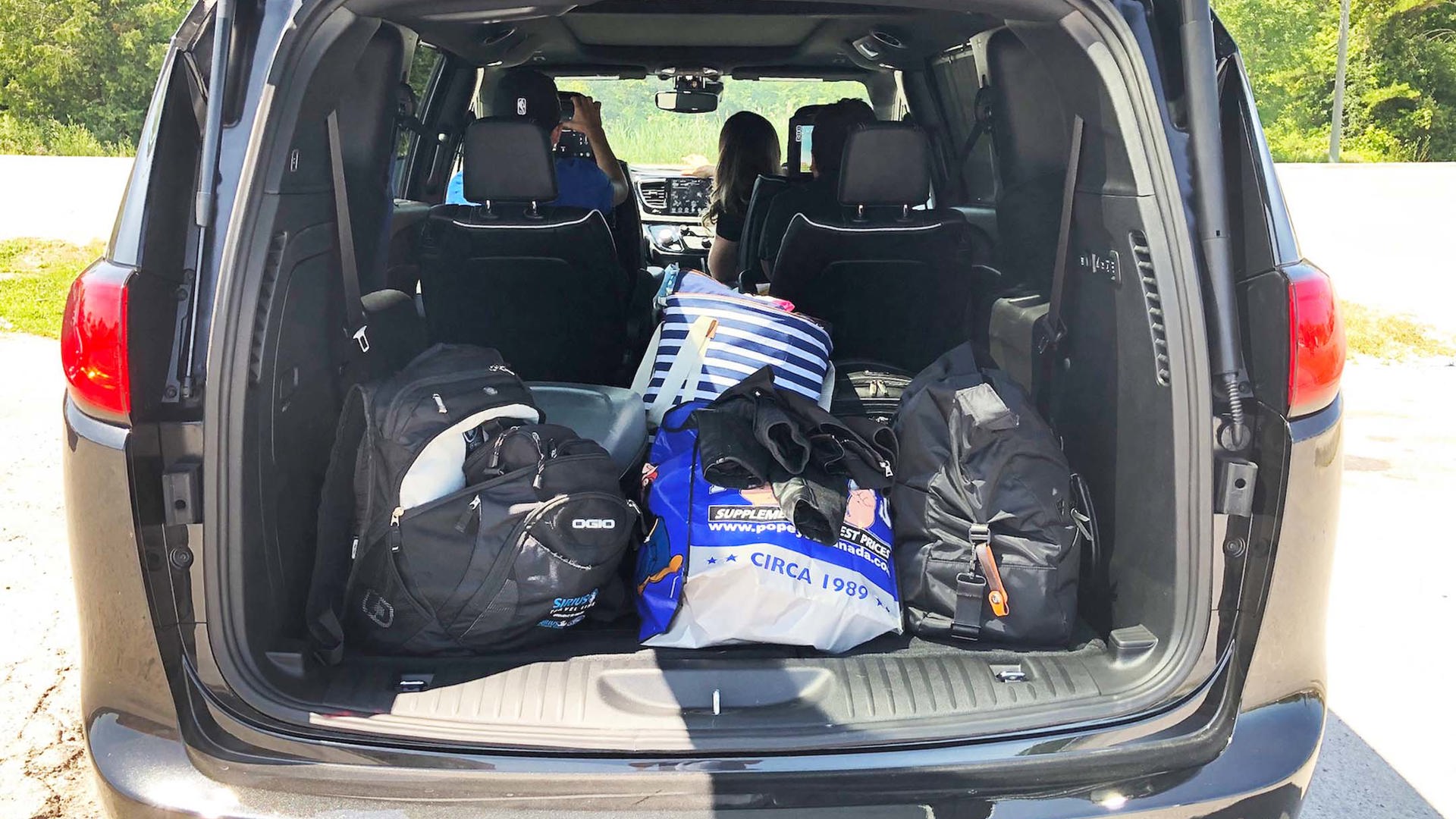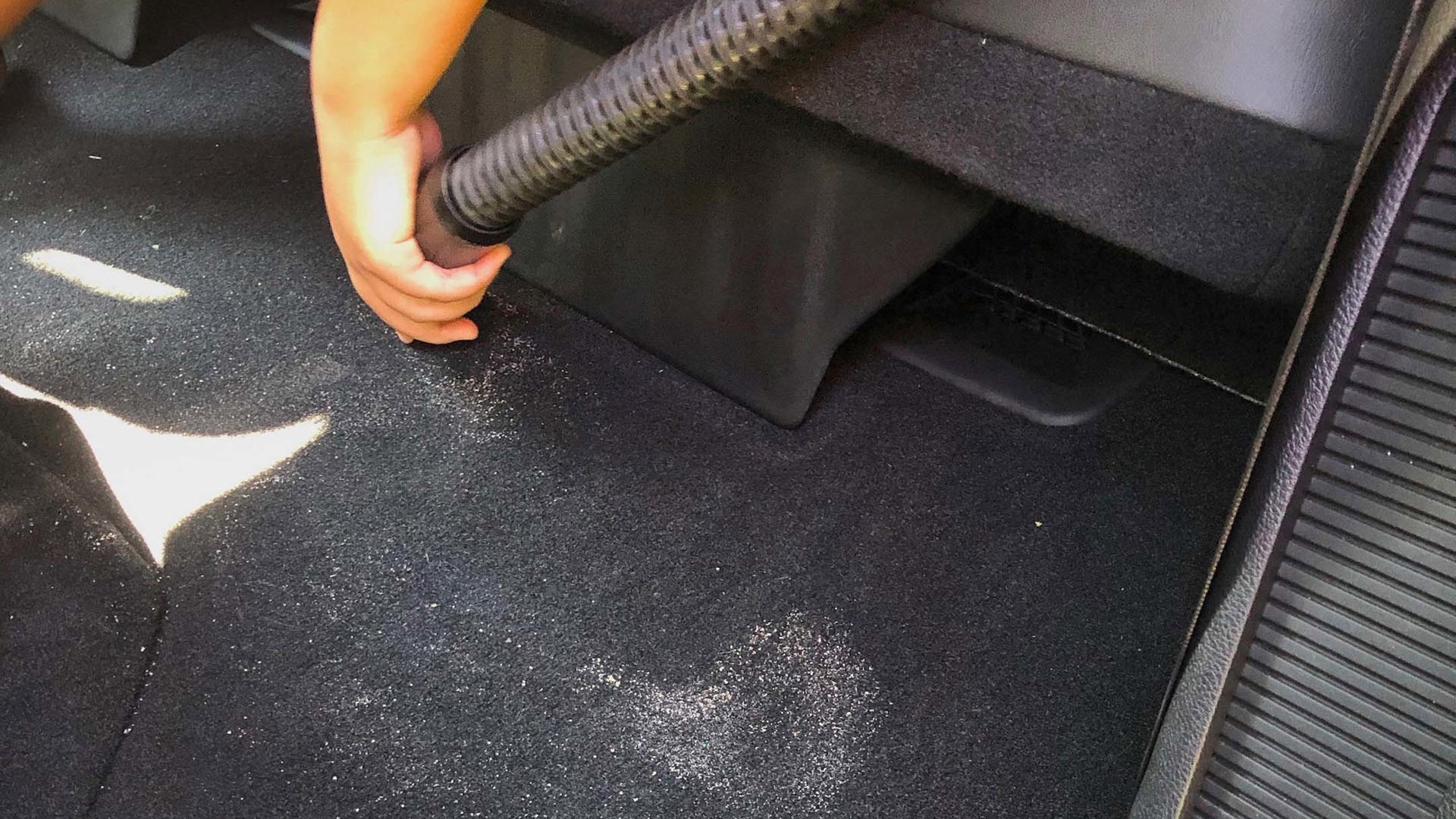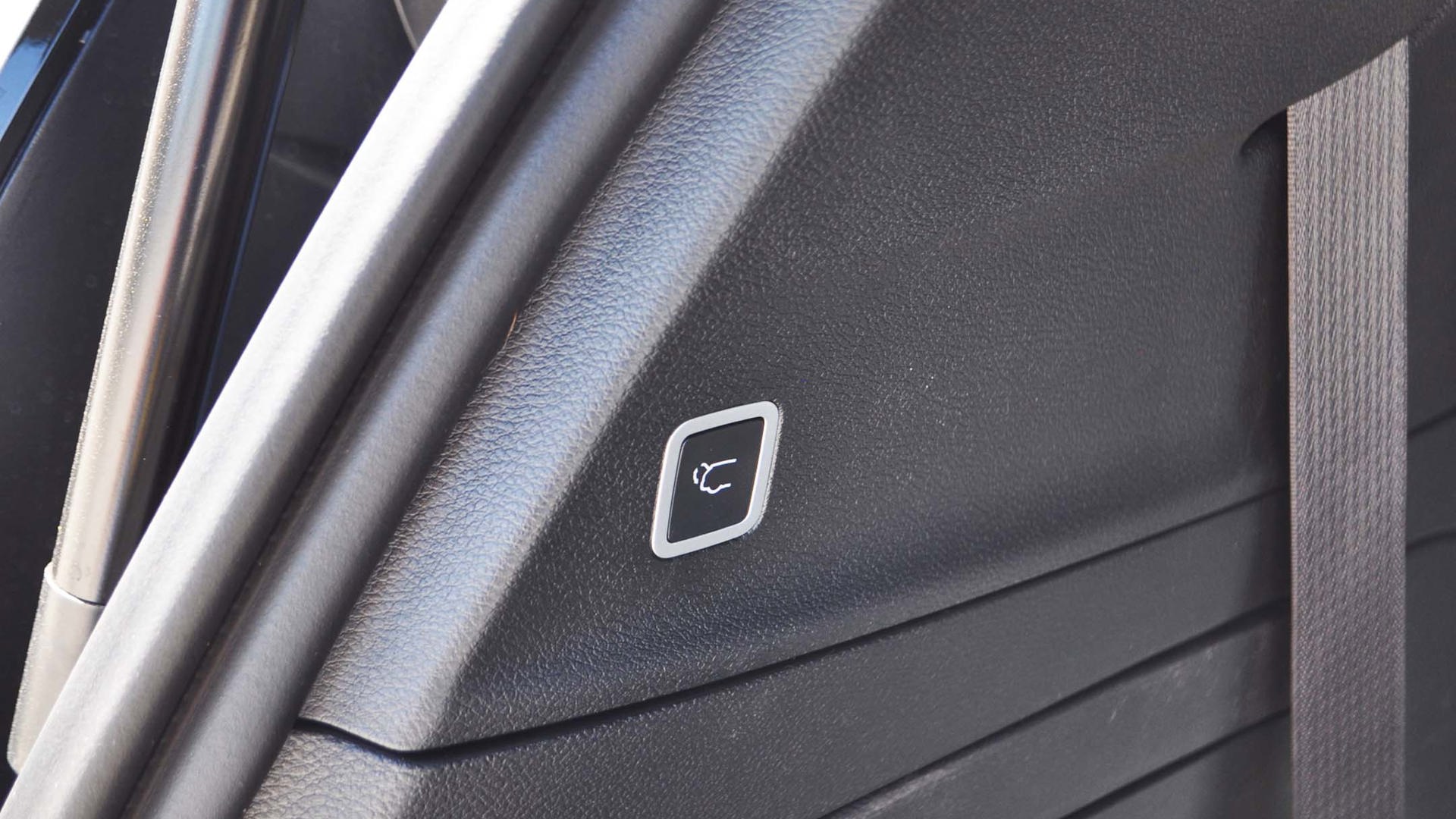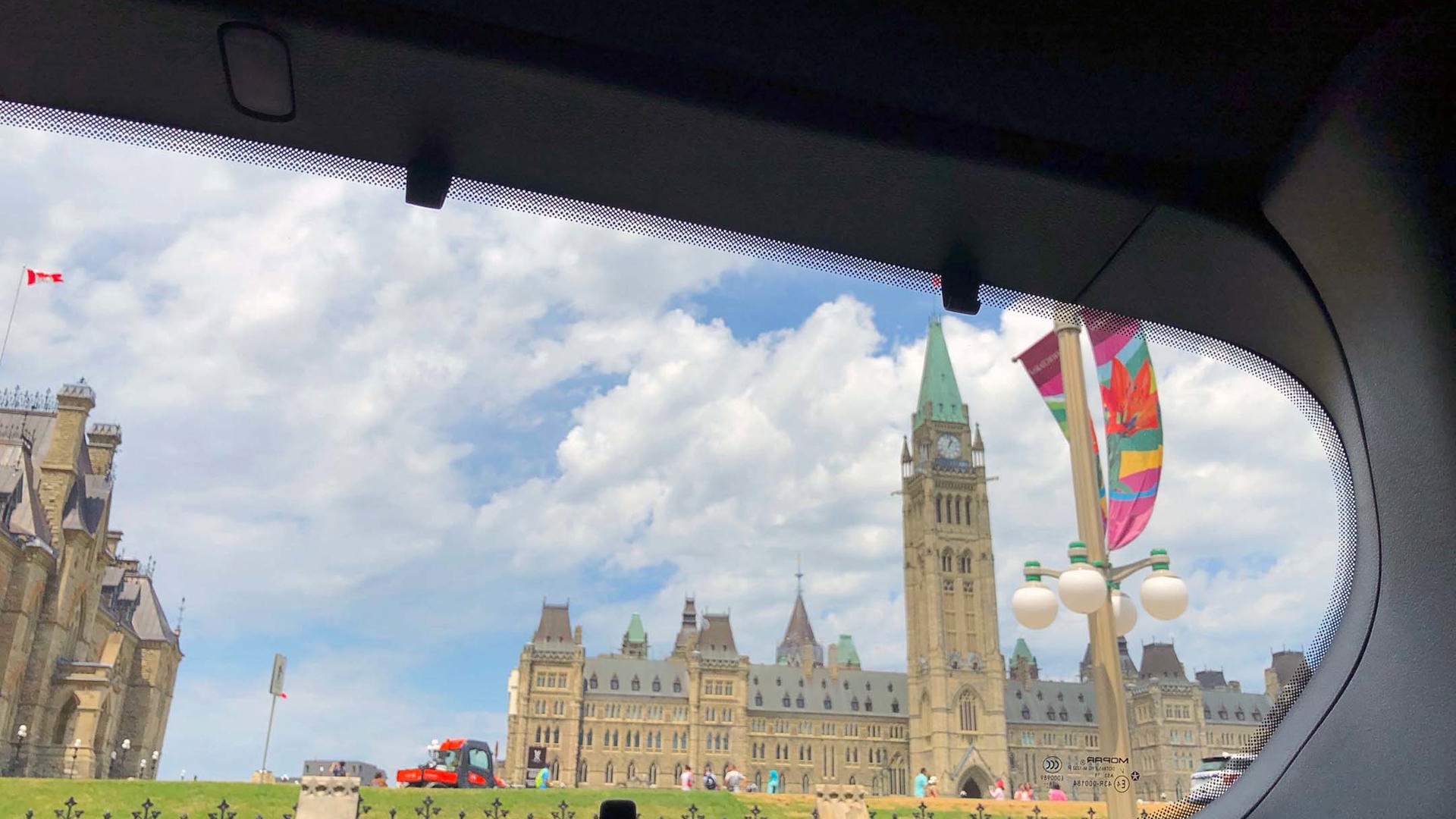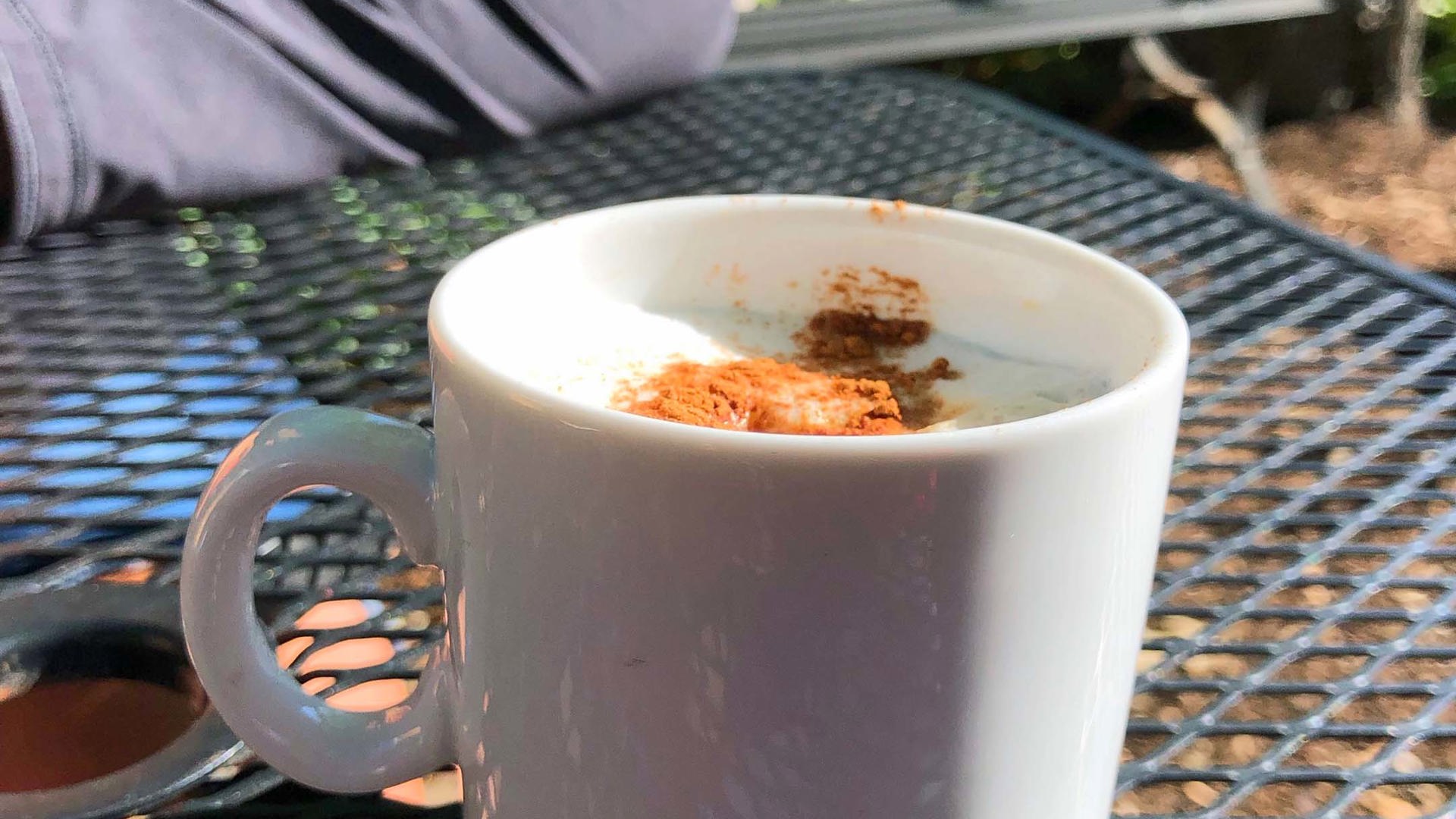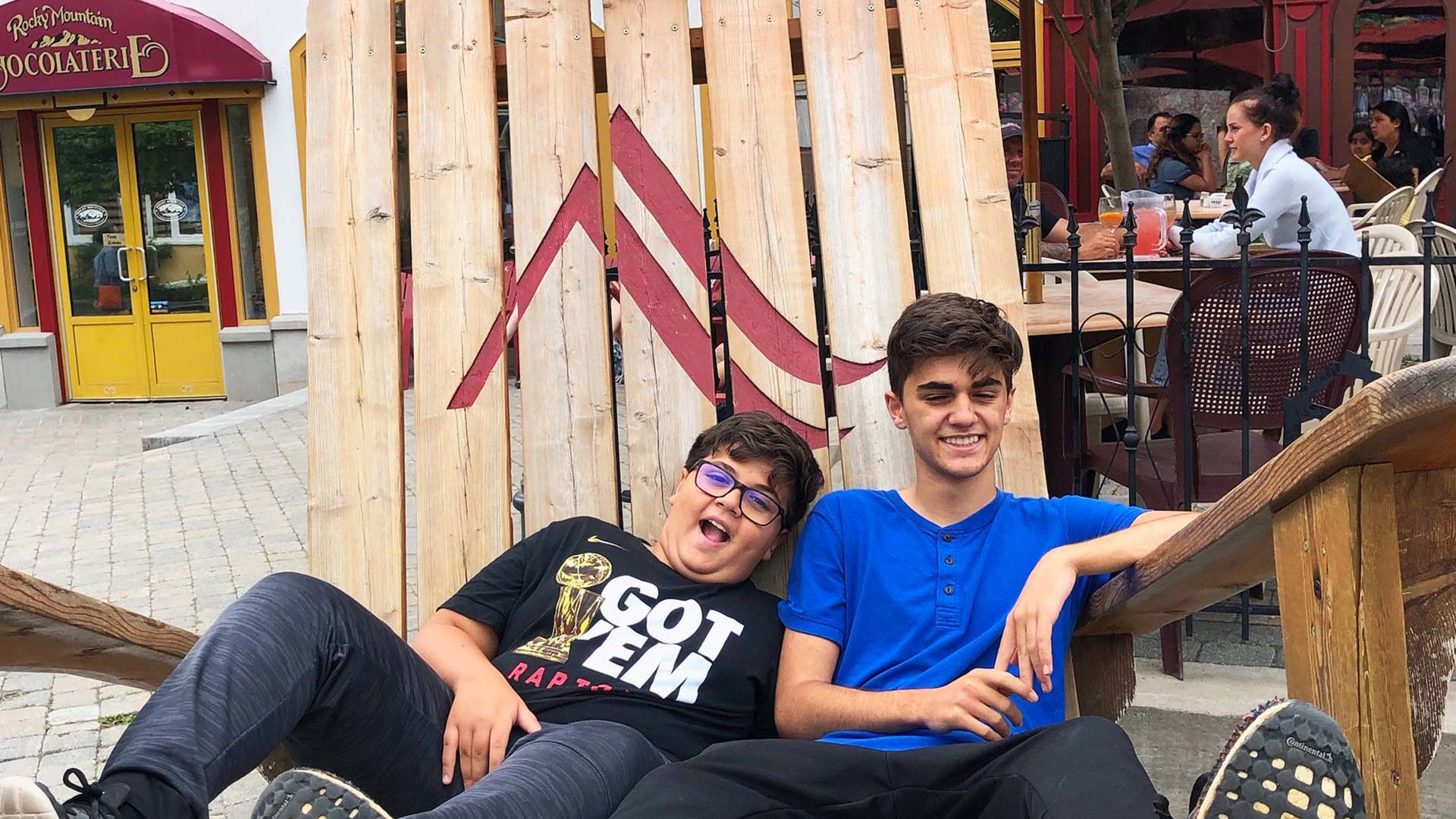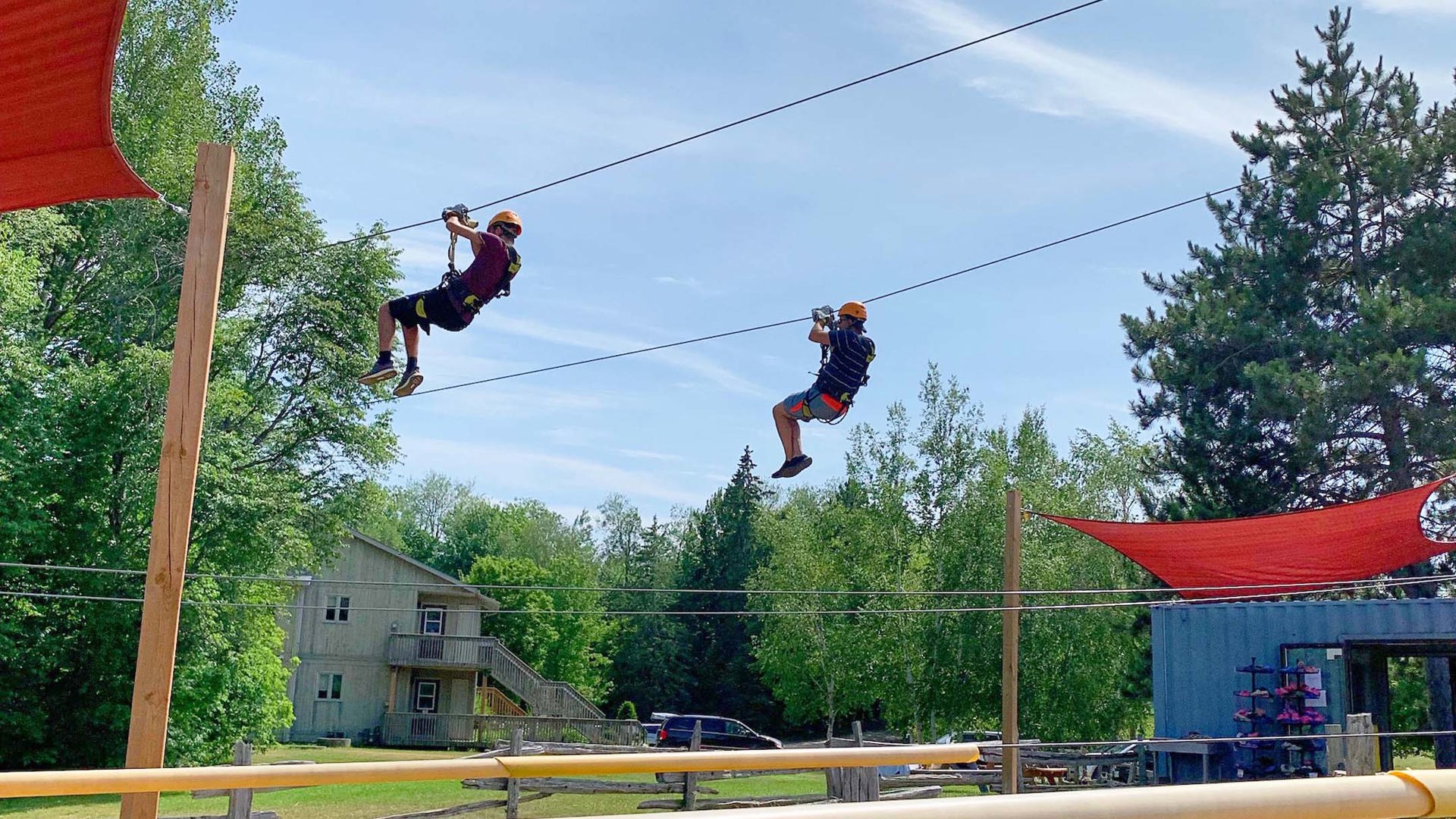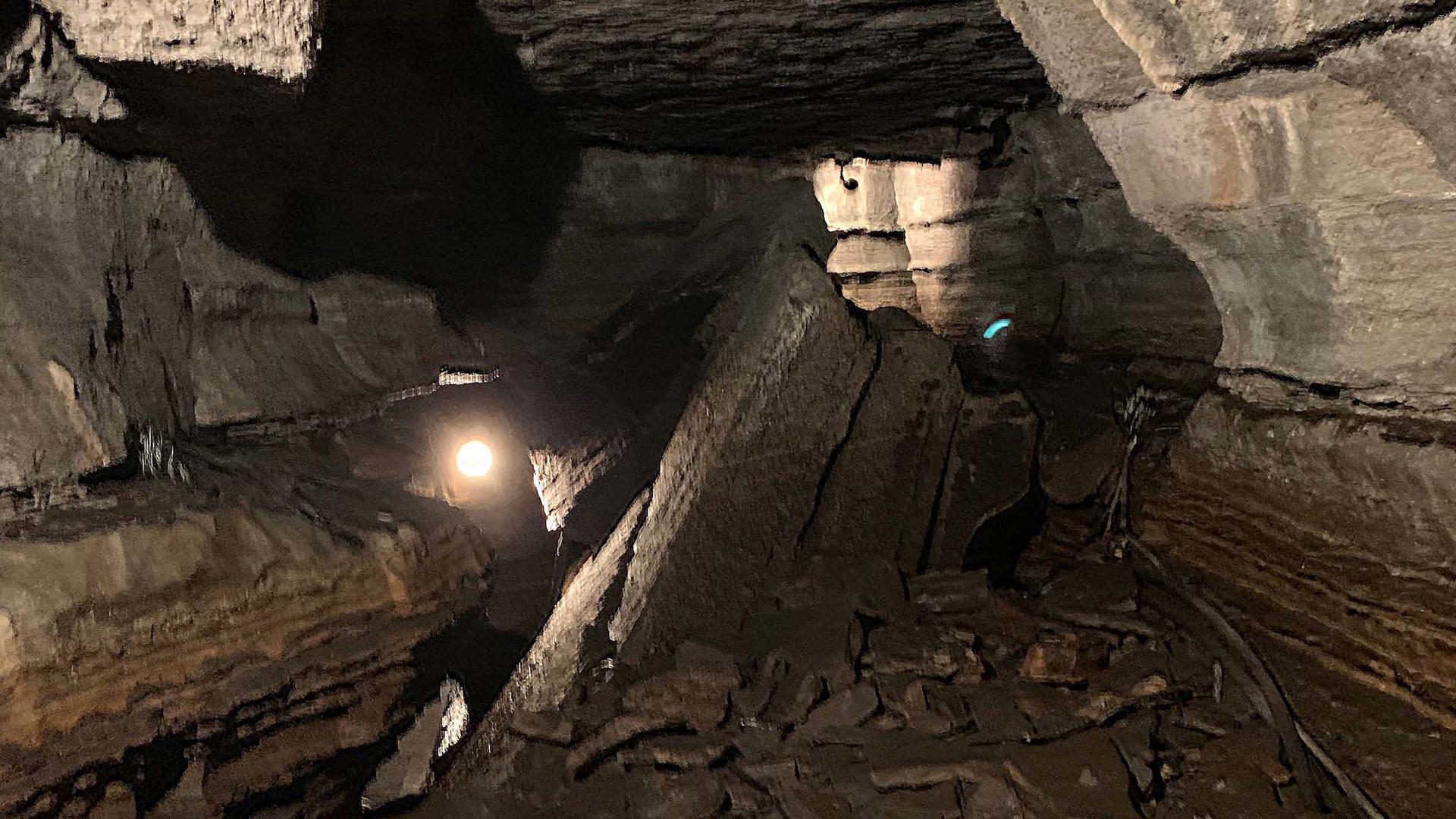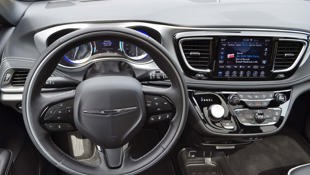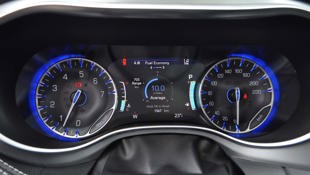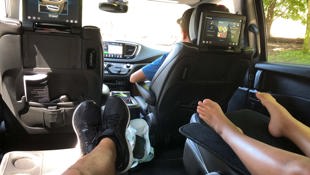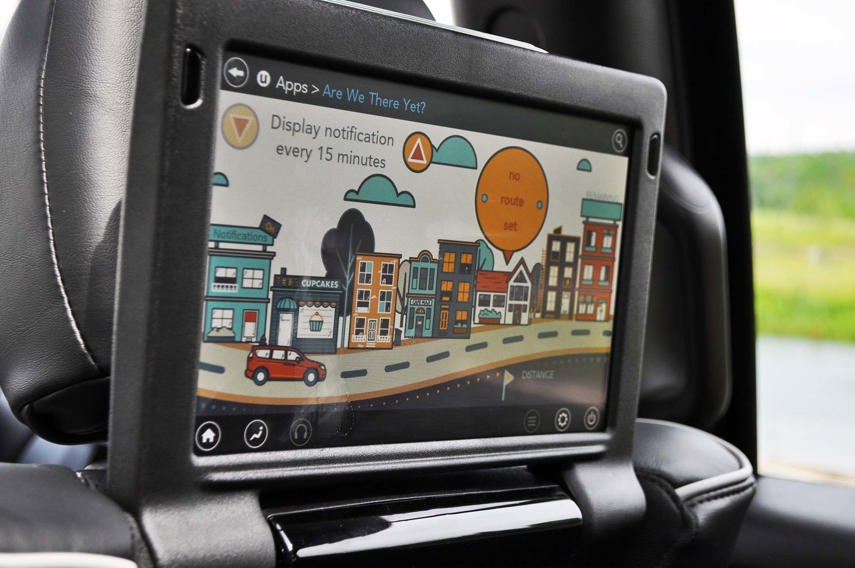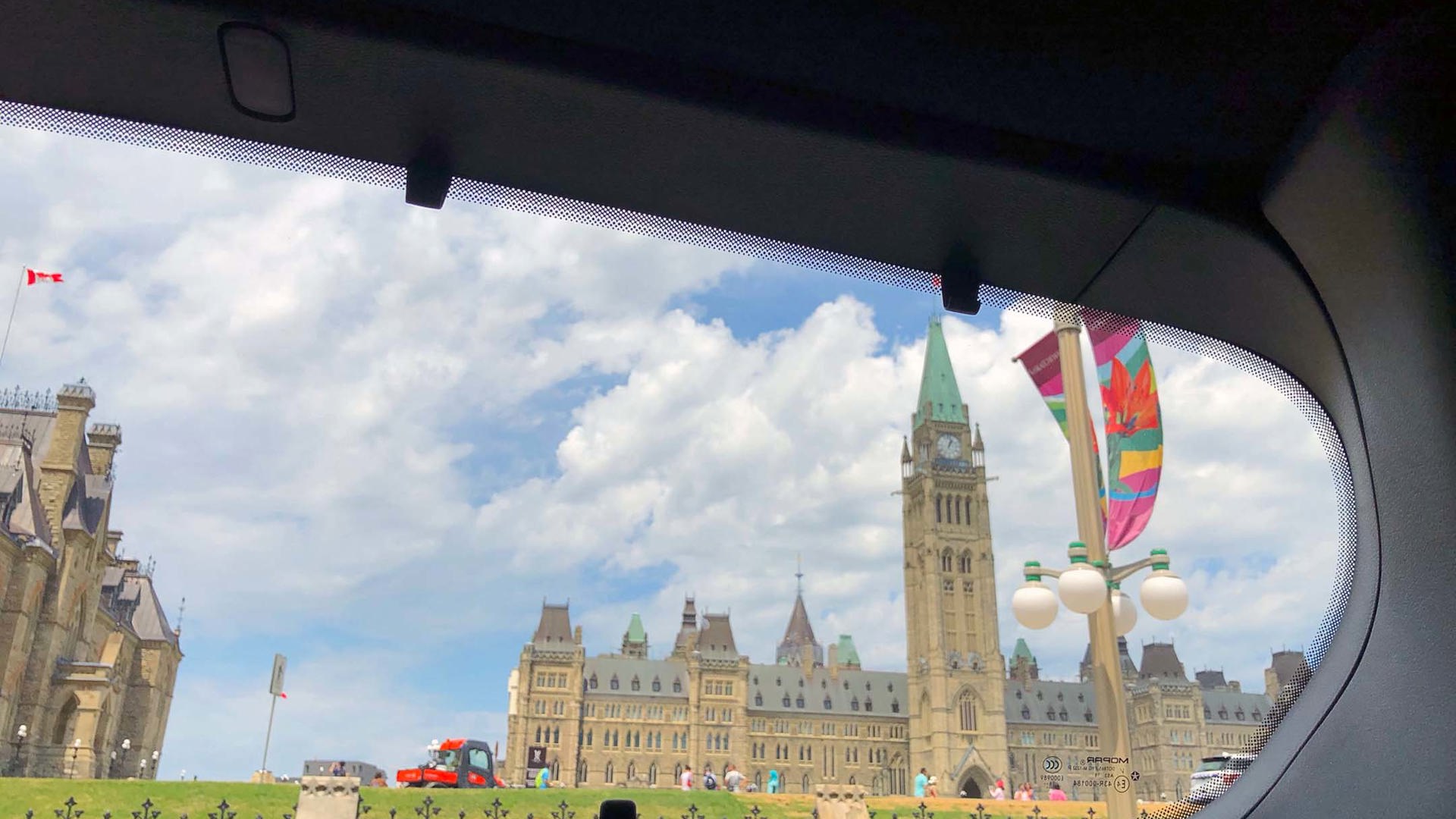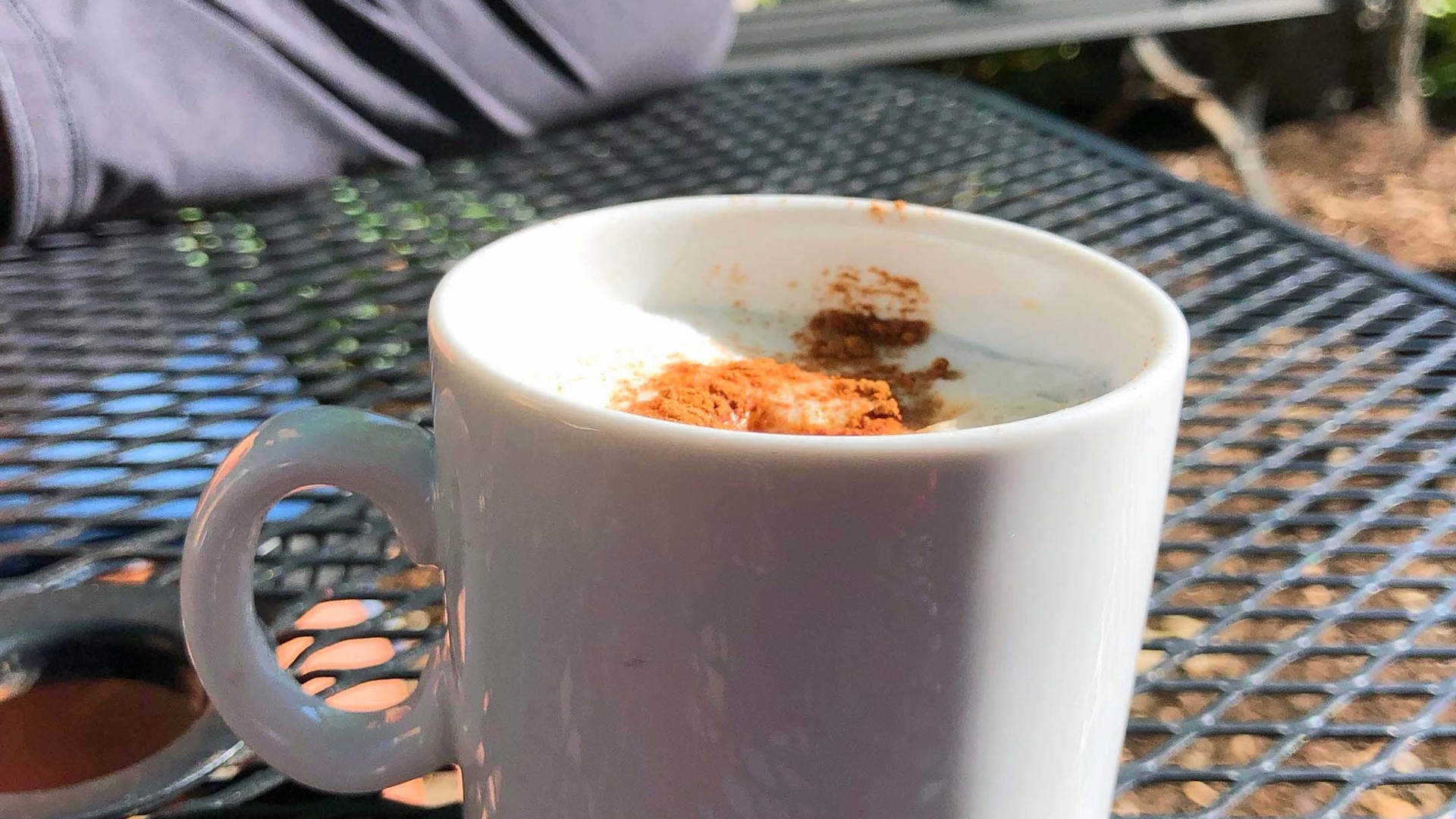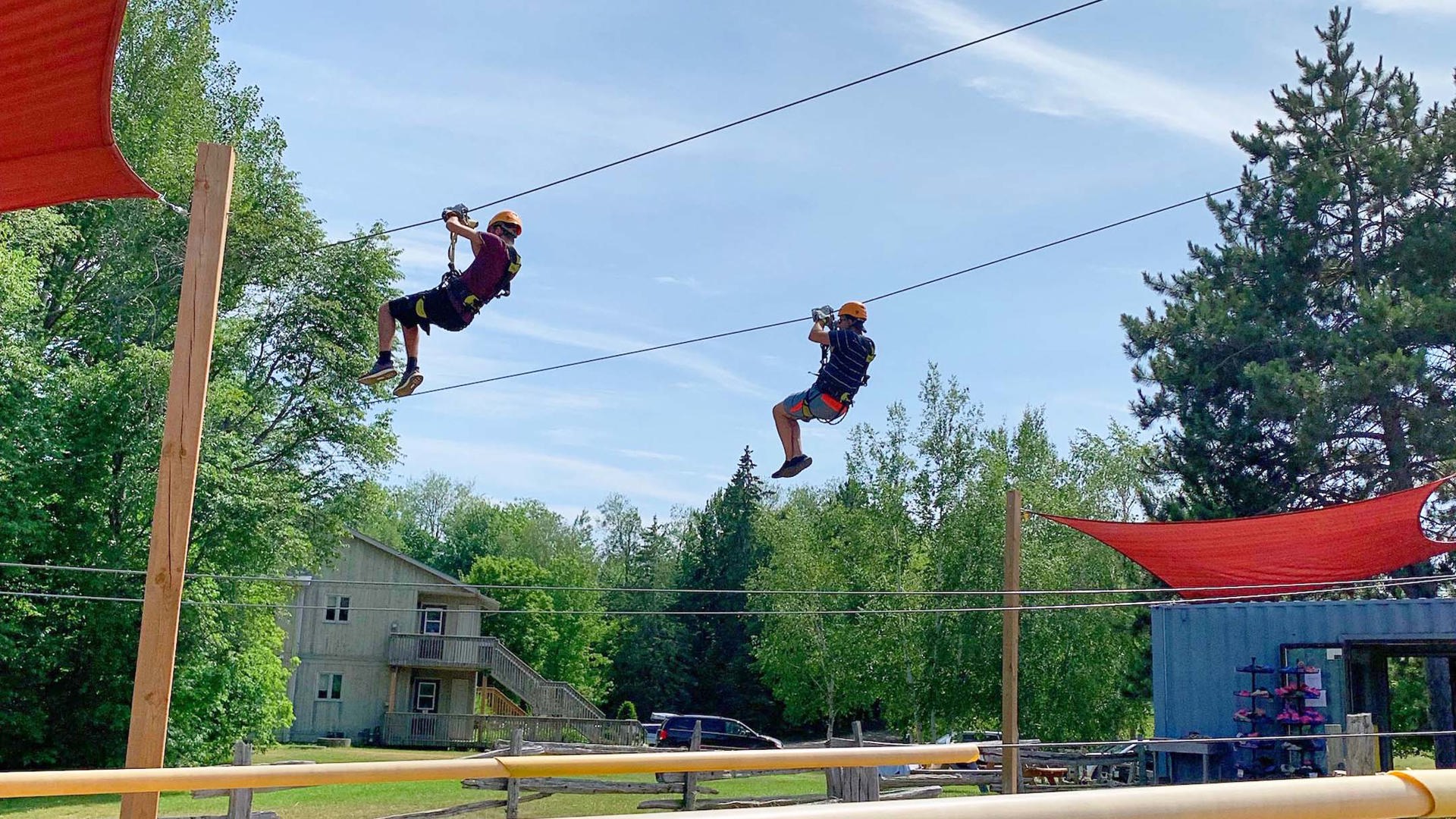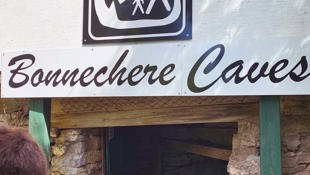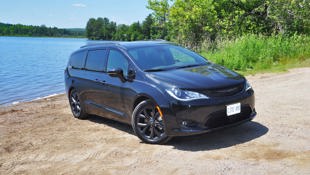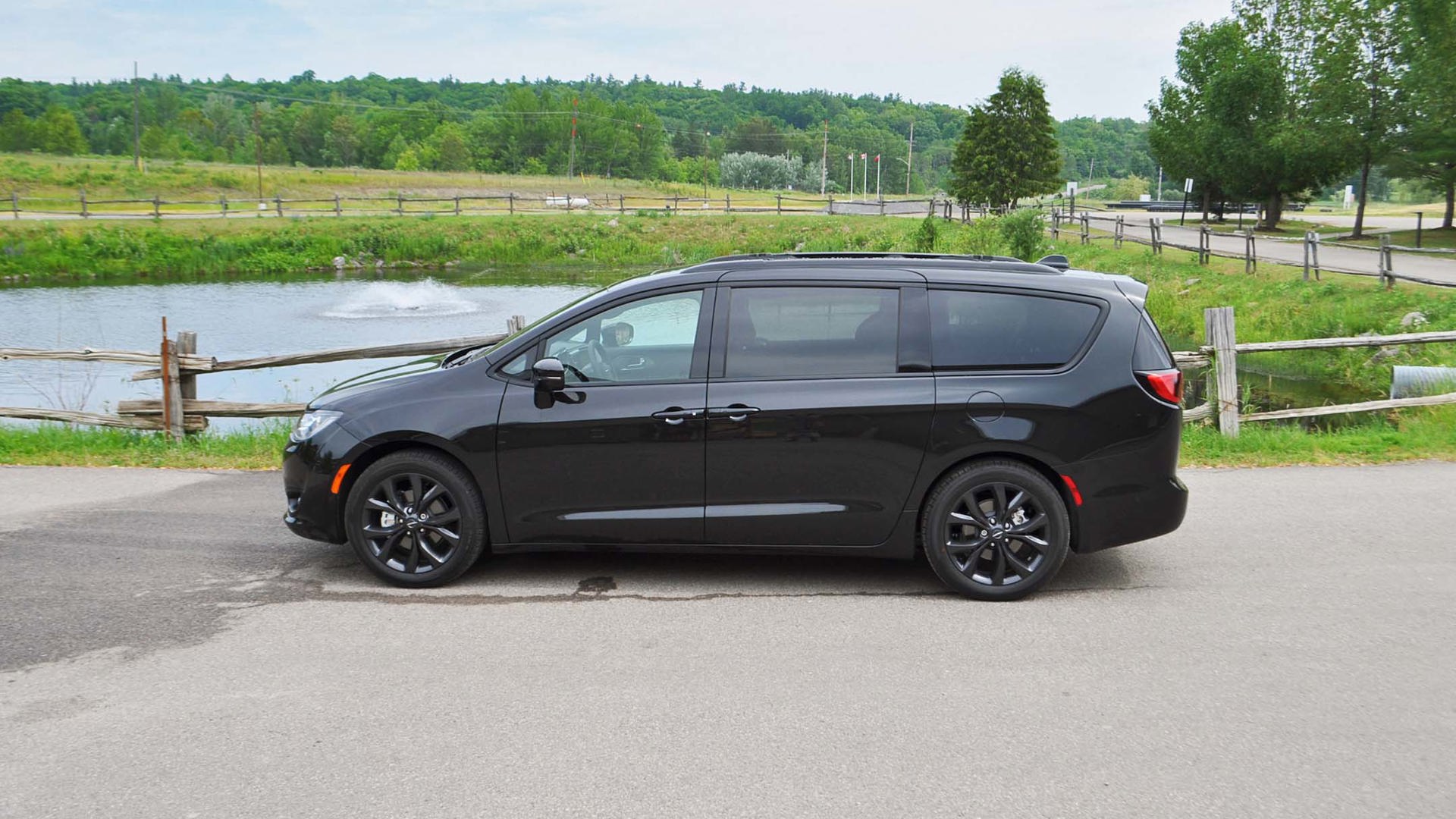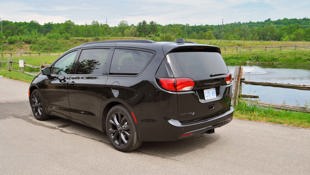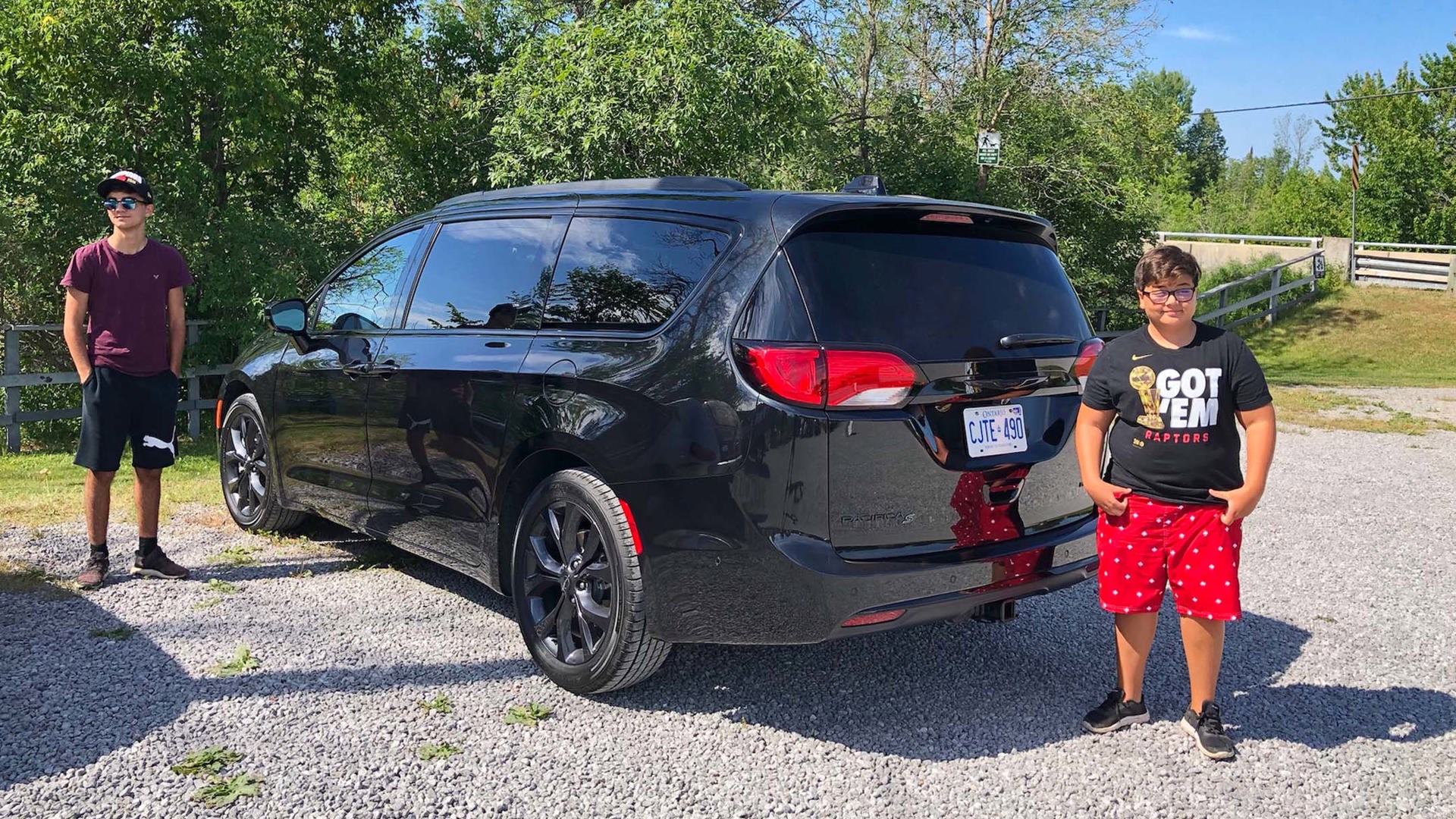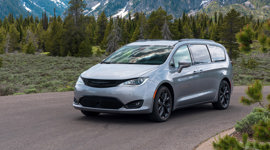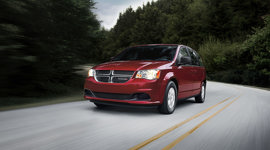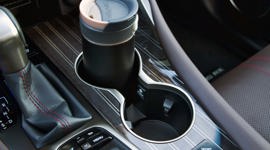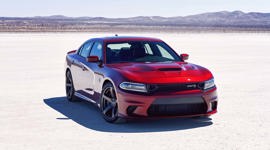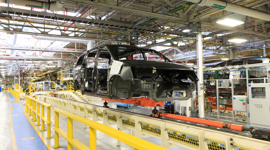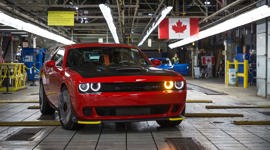Former Chrysler Corporation CEO Lee Iacocca was known for bold statements, but this was a mind-bender, even for him. As Iacocca introduced the rollout of the modern minivan in November 1983 at its Windsor, Ontario plant, he was going out on a limb with this radically new type of family vehicle – and even more so with his forecast for its place amongst clear automotive icons.
“It will be to the ’80s what the Mustang was to the ’60s.”
“I predict the Voyager and Caravan will be to the ’80s what the Mustang was to the ’60s,” he said. “Vehicles that create extraordinary excitement and buyer interest, and force other manufacturers to come up with copycat versions.”
Classic Mustang owners may argue its significance on performance or collectability grounds, but Iacocca was proven correct about the Chrysler minivan becoming a decade-defining sales hit. It prompted other automakers to rush rival vehicles to market, just like the Mustang had inspired. And just as Iacocca had predicted.
“This design, frankly, is more revolutionary than the Mustang was.”
Fast-forward almost two generations, and 2019 marked 35 years since those first 1984 Dodge Caravan and Plymouth Voyagers revolutionized the modern North American automotive landscape. Minivans are now ubiquitous at malls, suburban driveways, and school drop-offs everywhere in Canada and the US.
Despite the rise of the all-wheel-drive SUV/crossover as the go-to family transportation staple in the past 10 years, accompanied by a dip in sales and variety of minivans over that time, there’s still no doubt that the minivan helped shape family transportation over the last couple generations.
And of course Chrysler, and now FCA, was and is still the dominant force in the minivan market in Canada. Its sales volume can be credited to the less costly Dodge Grand Caravan, which outsells the more advanced Chrysler Pacifica (and every other minivan) by huge numbers, and still regularly lands amongst the 15 best-selling vehicles in the country.
To help mark and perhaps highlight the social impact of the minivan movement, FCA released special 35th Anniversary editions of the 2019 Pacifica, Pacifica Hybrid and Dodge Grand Caravan mid-year, and becomes an Anniversary Edition for 2020. But the Pacifica is no doubt FCA’s minivan technology leader, as we experienced during a five-day road trip with the entire family this summer in a 35th Anniversary Pacifica, done up with a blacked out S exterior treatment.
Pacifica helpfully offers many tech options unheard of in the ‘80s
The trip started as a family invite from FCA to bring the family along for a day-trip in the Pacifica, which they pre-emptively equipped with DVDs of classic 1980’s movies to introduce the ’80s theme that would permeate the trip. Even an old-school folding paper map was left in a handy tray just ahead of one of many pairs of cupholders.
Our DVDs included Gremlins and the original ’80s Karate Kid with Ralph Macchio, which clearly is the best Karate Kid, and pre-cursor to the current (and addictive) YouTube Red series Cobra Kai. Unfortunately, our 11 and 15 year-old boys had already seen it, and compared to its newer 2010 Karate Kid remake starring Will Smith’s son Jaden, they had found it wanting (somehow).
Once we arrived at a group presentation, we tried to do some horse trading later for the Top Gun DVD floating around, but it was a hot commodity, amongst other adults anyway. So no further highway to this ’80s zone…
For movie-watching on the Pacifica’s two headrest integrated screens, the killer app was the ability to hop in the third row, fold down the second row seats as handy foot rests, and then get our stretch on from way in the back. These seats could also be leaned back for max comfort, or if needed for extra cargo room, could be folded away in a 60/40 split for super flexibility.
But actually, all DVDs went unwatched by our device-addicted boys on the first four-hour leg of our trip, from the ‘burbs of Toronto to just outside Ottawa. So on leg two I hopped into the third row for some rear seat testing/movie-watching, and discovered that though the third row is roomy enough for adults, even on longer drives, the cushier second row captain’s seats with their two armrests and their closer proximity to the screens trump the extra legroom of sitting all the way in the back.
It’s true that the touch sensitive twin screens in each front seatback are much more modern than the fold-down single screens from the ceiling that used to block the driver’s view out the rear, and this pair of screens’ ability to be connected was used to play Tic Tac Toe and Hangman with each other, among other games offered. But there’s no doubt that they appreciated the van’s ability to offer a separate 4G Wi-Fi connection even more. It covers a 50-foot radius, and can connect up to eight devices.
Granted, the AT&T system is clearly designed for US owners, unfortunately, and is a paid service that is likely costlier than just connecting to your phone’s data, depending on your plan. That said, it did seem like the strength and speed of the Pacifica’s Wi-Fi was slightly better. If anything, the eight hour trip to Calabogie, then Mont-Tremblant, and back through Ottawa over nearly a week highlighted that when it comes to teen or maybe pre-teen on-road entertainment, it’s hard these days to beat internet access on their own devices.
Long distance comfort and flexibility still core strengths
Outside the Pacifica’s rear entertainment options, there were plenty of other features that both owners and passengers will appreciate on long trips throughout the year, whether enjoying fireworks or fall colours through the Pacifica’s two large sunroofs, the heated steering wheel and rear seats of the available captain’s chairs when it gets chilly, or the sunshades available for both second and third row passengers that help in both mid-summer and on bright but snowy mid-winter days.
There is also an available rear vacuum next to the third row that can reach around to every nook and cranny, all the way up to the front seat footwell. Even our youngest son helped vacuum, which is something that we wish we could say more often, after some gravelly footprints marked up the black carpet, but were quickly sucked up and away.
If you plan to use that third row often, however, we noticed that the vacuum removes the third row cupholders on the driver’s side. So that will likely become the penalty seat.
Up front, it’s clear that comfort and convenience are the priorities here, starting from one of the staples of minivan-ness: fold-down centre armrests. Mock them as old-school if you must, but on long trips especially, the ability for the driver to keep a right elbow resting while still holding the steering wheel at the proper nine and three o’clock position on the steering wheel is one of the unique minivan joys, as comfy as a Mom’s winter hug.
A floor-mounted tray between the seats is handy for purses or bags of road trip snacks, or a myriad other things in day to day commuting. That space was cleared up thanks to a floating centre dashboard design that allows some versions of the Pacifica to offer a third front seat, as well as FCA’s rotary shifter mounted high up in the dash, just below the centre vents.
Various USB and auxiliary connections lie below that, as well as the optional DVD player. And sadly, no matter how many such systems we sue, to coordinate the sensitive ballet of playing a DVD on the correct screen with a set of working headphones with actual volume, may be as confounding an act as programming early VCRs back in the 1980s.
Fuel efficiency good in Pacifica, great on Pacifica Hybrid
As most minivans will do, the Pacifica easily swallowed up a week’s worth of luggage for four people. For our foursome, the cargo area seemed barely a third full, as we had no problem fitting all our gear – our three suitcases fit behind the third row, with all the seats up, and clear rear visibility, we eventually discovered.
Granted, we weren’t carrying bikes or other bulky gear this time, but having packed up various large SUVs to the roof on similar trips, wondering if the rear hatch would close, this looked more like we were planning a picnic in the park instead.
The Pacifica’s real-world fuel efficiency also compared well to some of those SUVs, as our fair weather trip led to an observed fuel consumption reading of an even 10.0L/100km. That’s outstanding for a vehicle this large and heavy, and actually under its overall 10.6 L/100km official NR Canada rating with the Stop-Start system as ours had, which is tops in the gas-only minivan class, a hair ahead of the Honda Odyssey.
Of course, if you really want serious fuel efficiency, the overall most efficient minivan is the Pacifica Hybrid, which offers the ability to plug-in, and then travel up to 51 km without using any gas whatsoever, and after the electric range is used up, reverts to a regular hybrid that averages 8.0L/100km on gas only. It’s a pricy version, but it’s also eligible for a $5,000 federal government electric vehicle rebate in all provinces, which will combine with the lowered fuel prices to bring down its total cost of operation.
In truth, even when the Pacifica Hybrid is fully charged, there likely will be some gas use in the winter time, judging from online forums and prior experience with it, as it’ll turn on its engine to help bring heat to the cabin quicker, or warm up battery componentry when not plugged in and parked. The only thing the Pacifica doesn’t offer from a drivetrain perspective is all-wheel drive, and it’s reportedly working on that too.
Surprise and delight features, not driving feel
As expected, the Pacifica’s 3.6-litre V6 engine is still super smooth and comfortable on the highway, but there’s not a lot of sparkling responses here. Power, handling, braking and acceleration are all competent for such a large vehicle, and better than many similar-sized SUVs, and leagues above Chrysler’s own 12 year-old-plus Dodge Grand Caravan minivans. The 9-speed automatic doesn’t offer shift paddles, but is smart and quick at responding for requests for more power.
But there are smaller family friendly features here that drivers will appreciate. There’s a handy little mirror just above the rearview mirror that’s basically there to keep an eye on shenanigans in both rear rows.
The automatic cruise control is useful, but when getting back up to speed, I really wish it wouldn’t try so hard so quickly, with occasional multiple downshifts that made the engine very loud, and boosted the fuel consumption. There were a couple times for that reason on this trip that I really wish this Pacifica had shift paddles – not necessarily for quicker power, but to quiet down the transmissions over the aggressive down shifts, and still allow the use of the handy active cruise.
Another handy but occasionally misbehaving feature was the auto opening side doors and rear tailgate. There’s a useful swipe your foot function on the side doors, one of many Chrysler minivan innovations, as well as at the rear, but as usual with such systems, they don’t always work. The key needs to be in your pocket, and not in the car or buried in a jacket or purse for it to work.
Pricy, but there’s value there – especially for deal-hunters
Value is a tough concept to wrap your head around with this pricy minivan, given this loaded Pacifica’s $61,025 as tested price. Especially compared to that of the similarly roomy but much less refined Dodge Grand Caravan, which offers similar room plus the super useful folding away second row seats as on the Pacifica, but at out the door prices closer to those of a mid-level Honda Civic.
Keep in mind though: just as with the Dodge Grand Caravan, there seems to be some flexibility with the Pacifica’s pricing – and maybe more than usual amongst minivans. Looking at Chrysler Canada’s build and dealer tools online, seems very common to see similarly equipped Pacificas with available dealer prices between $50k-$55k.
Granted, those could be lowered by some extra tempting end of year specials, which is often a good time to shop for new car bargains, when dealers and OEMs are pushing hard for annual sales (and bonus) targets. And even at $55k, many buyers may be more tempted for a smaller luxury brand AWD crossover than a front-wheel drive Chrysler minivan.
But on this particular trip, whether it was visiting the (occasionally underwater) Bonnechere Caves just outside Eganville, or its nearby waterfall walk, or sampling ziplines and waterslides at Logos Land in Cobden on the way to Ottawa, or basking in the glow of the Toronto Raptors’ big NBA championship win while strolling through Mt-Tremblant or zipping back through the nation’s capital, the Chrysler Pacifica seemed less like a throwback to the 1980s, and more like a top graduate from a 35-year finishing school.
Which really, it kind of was.
